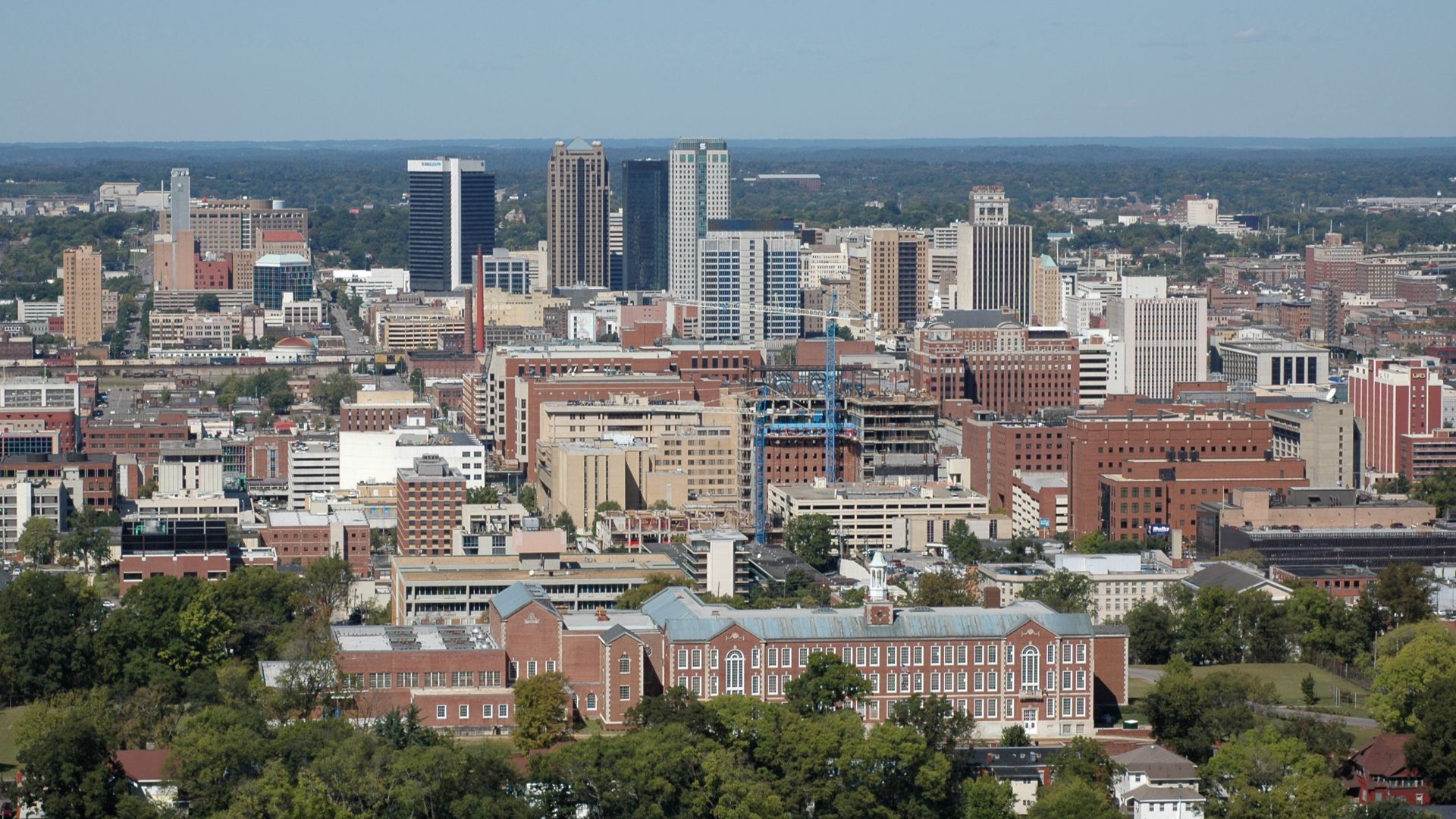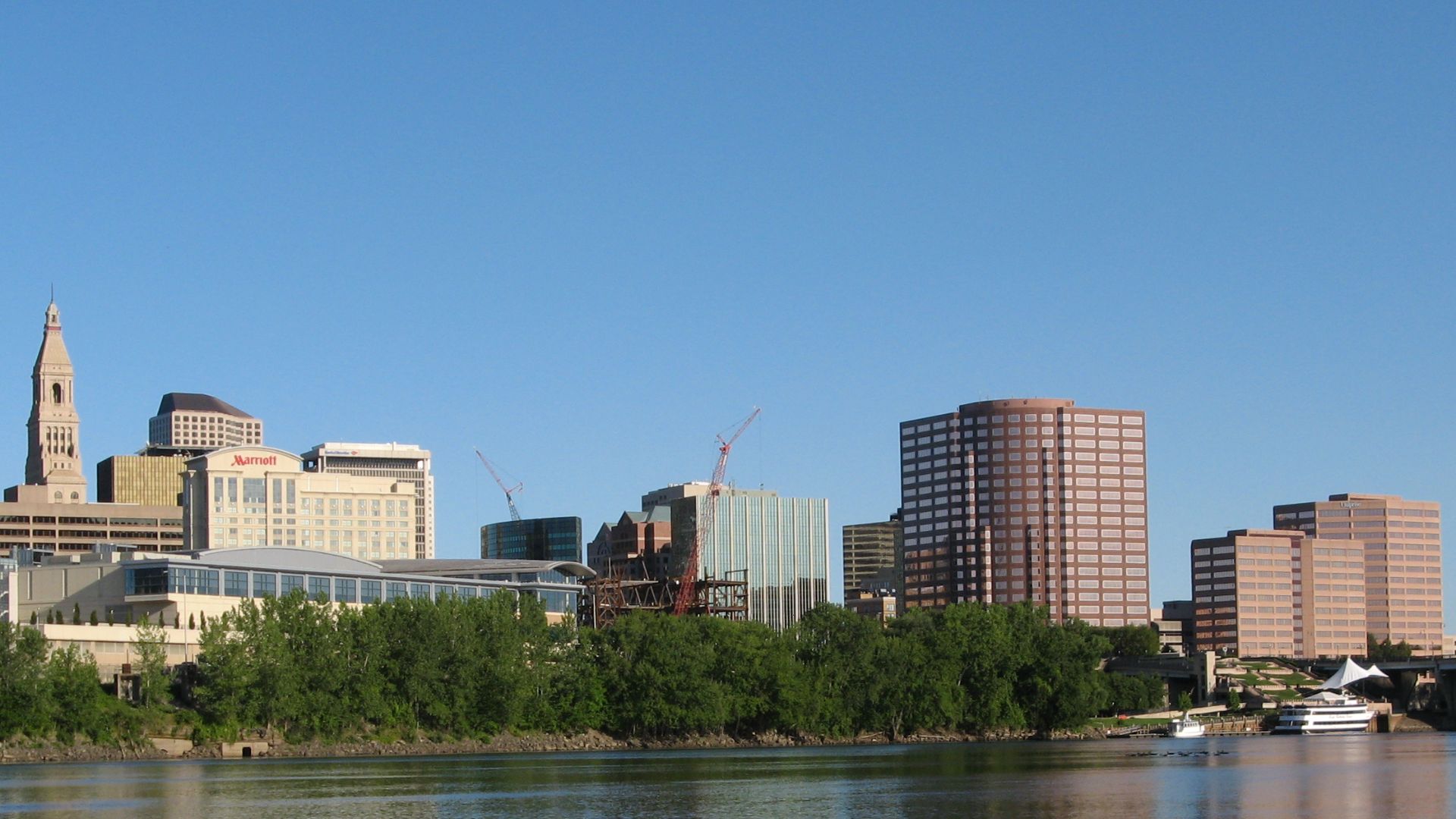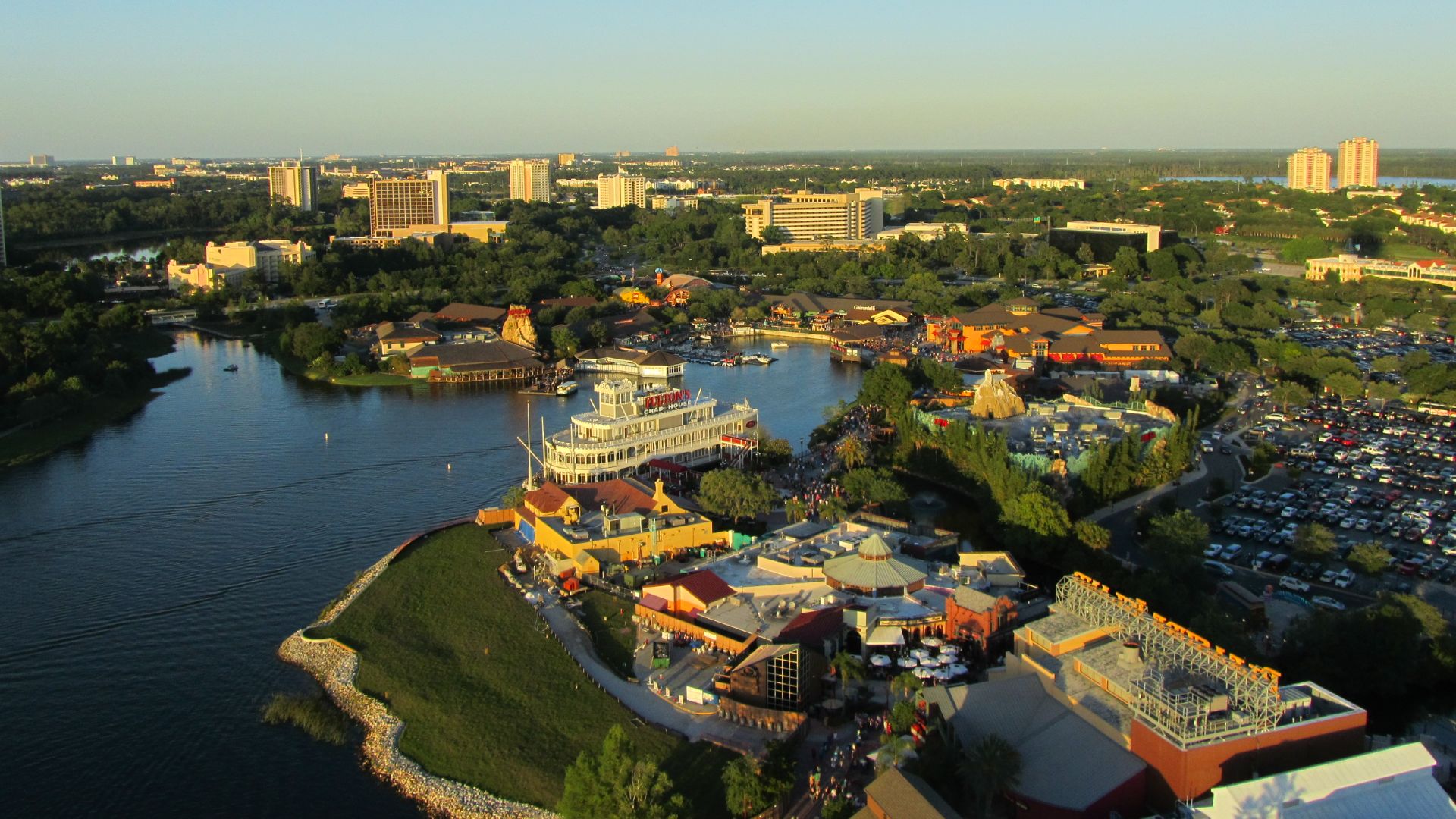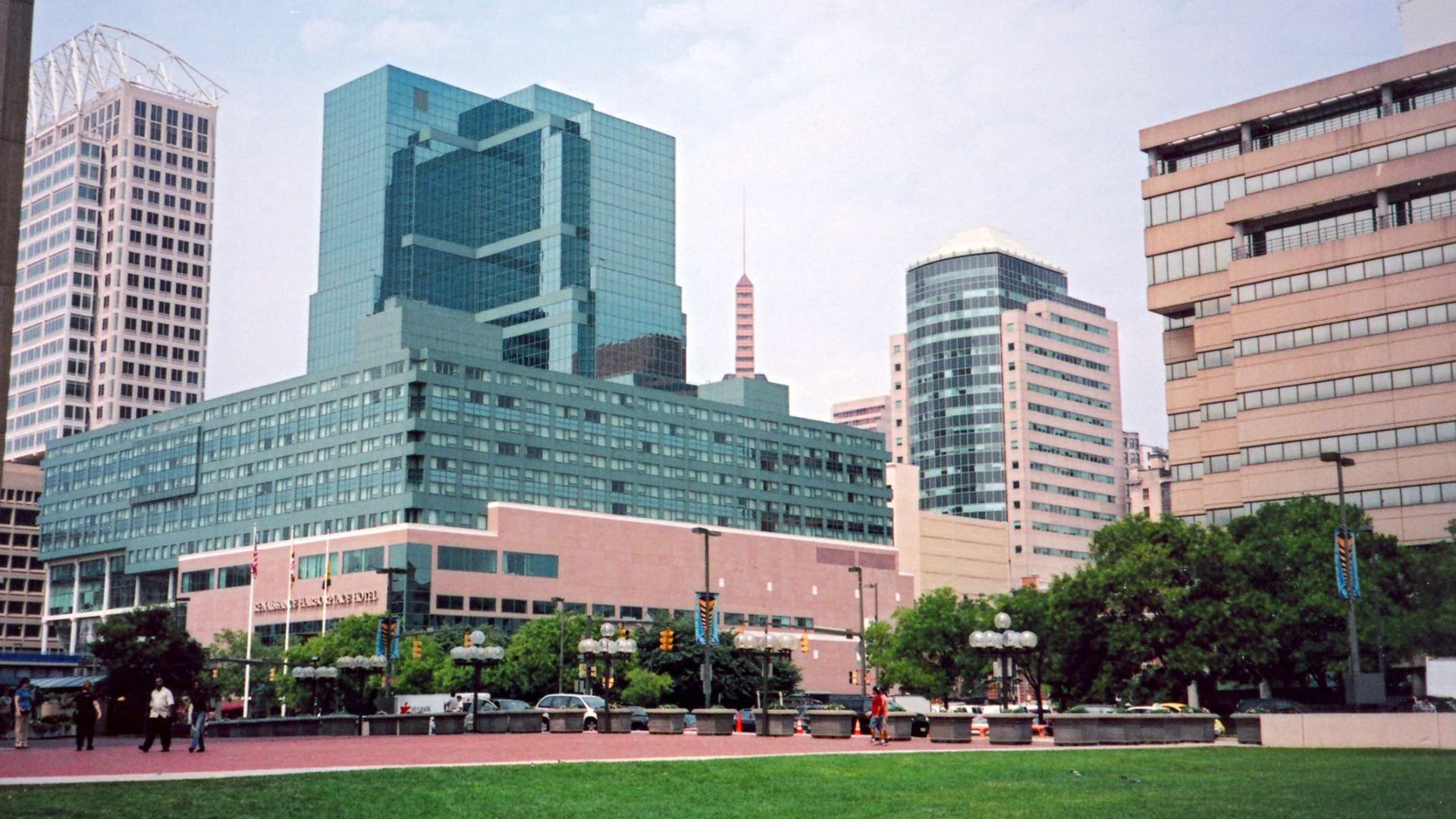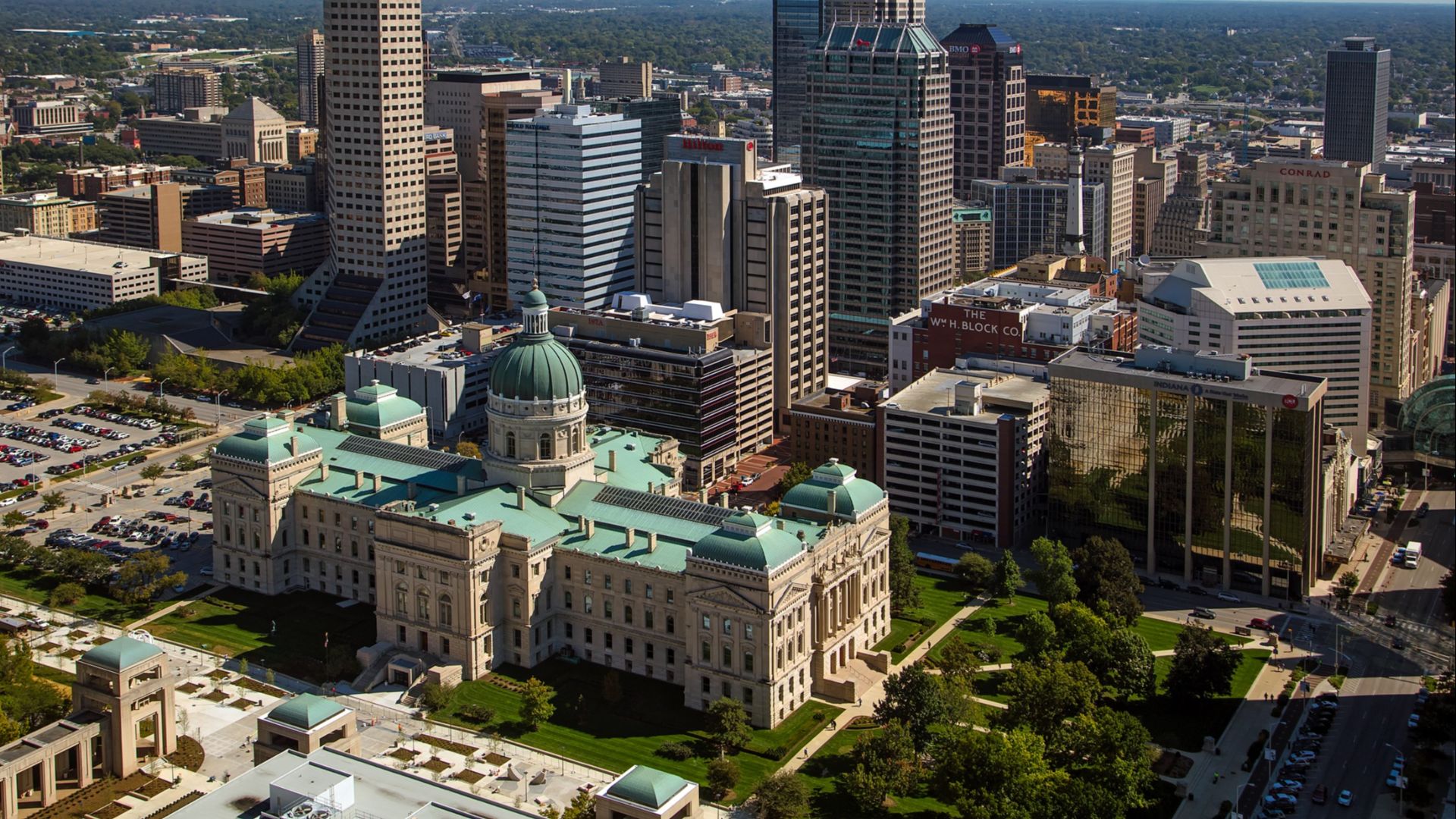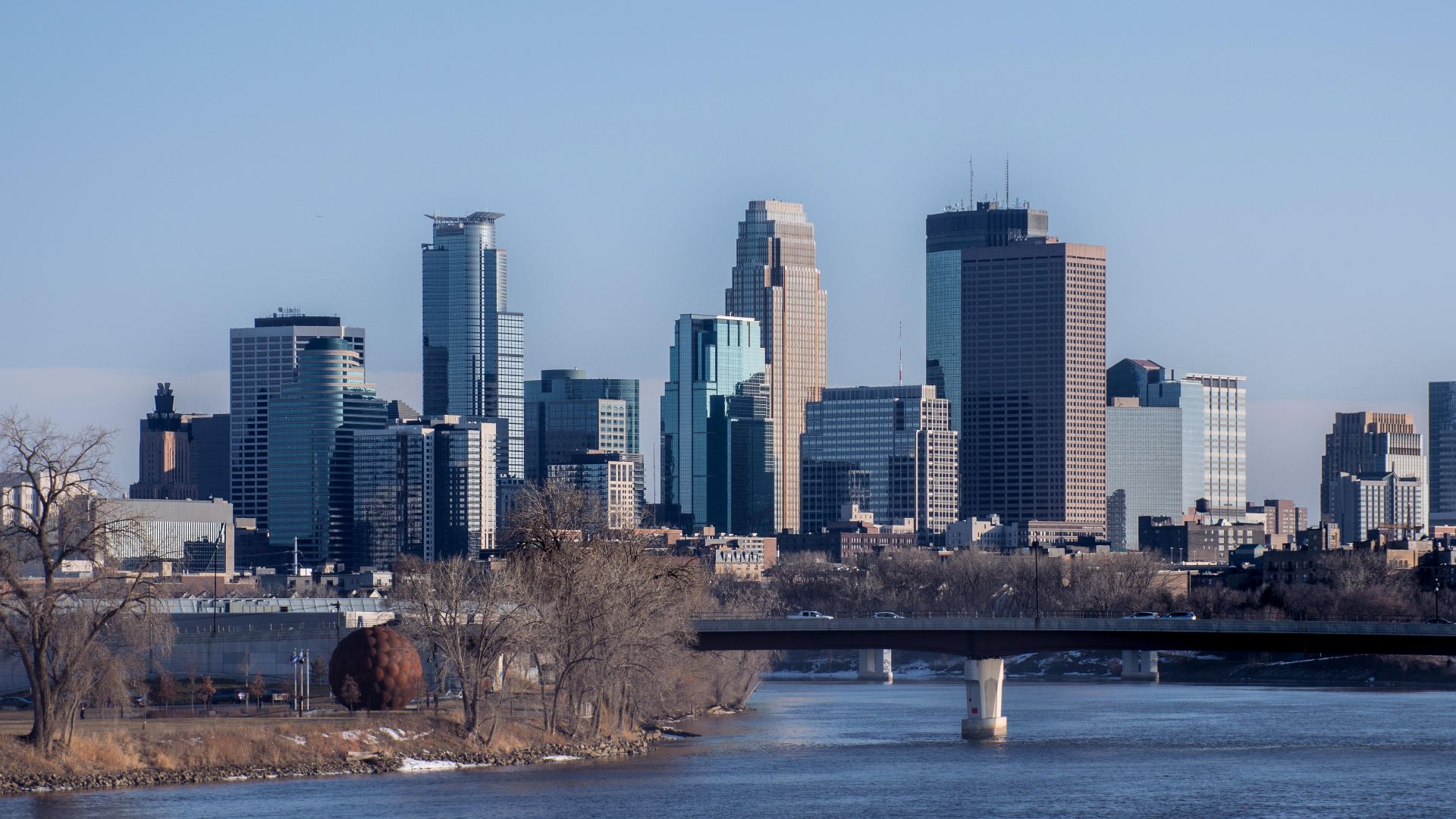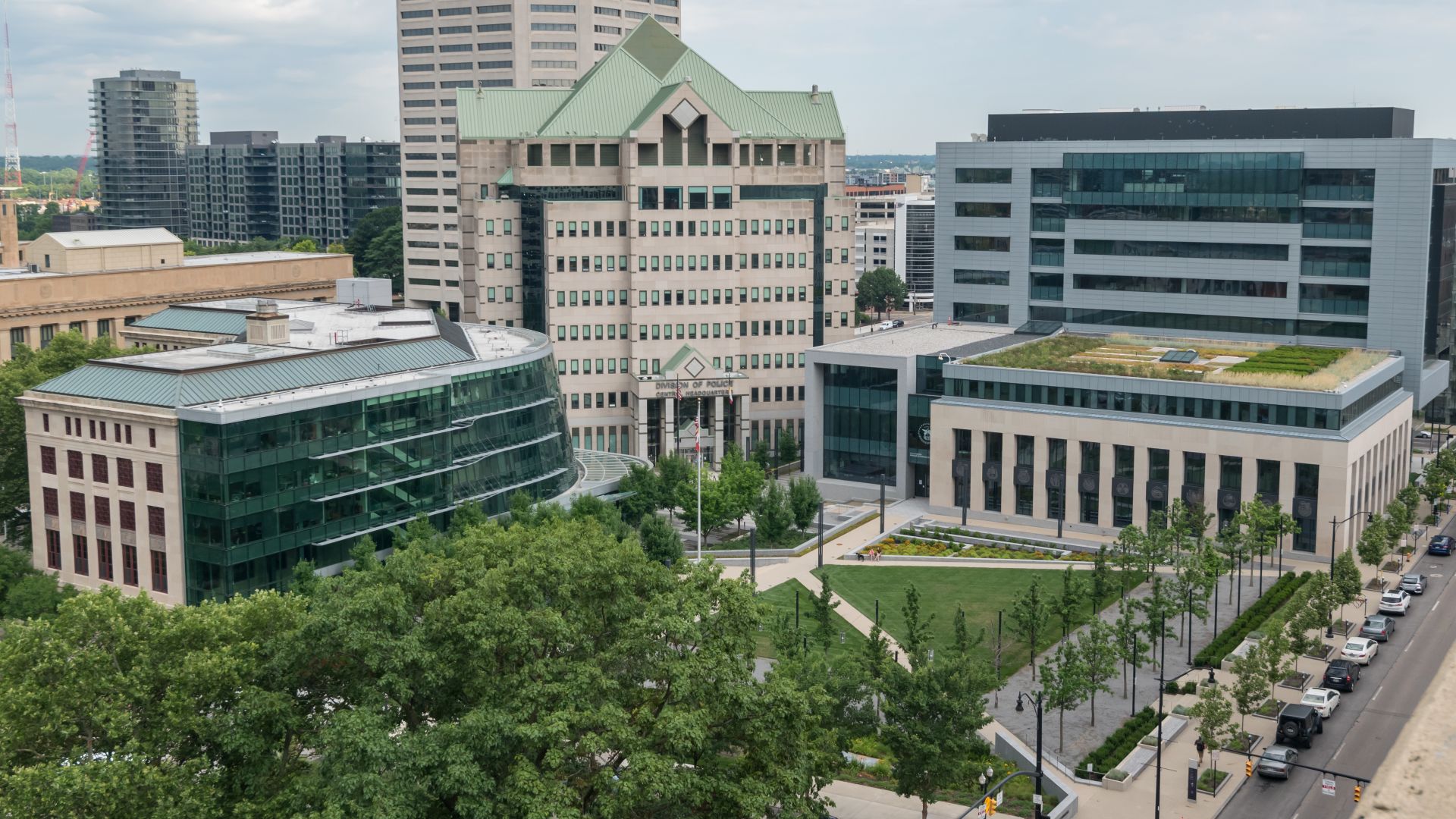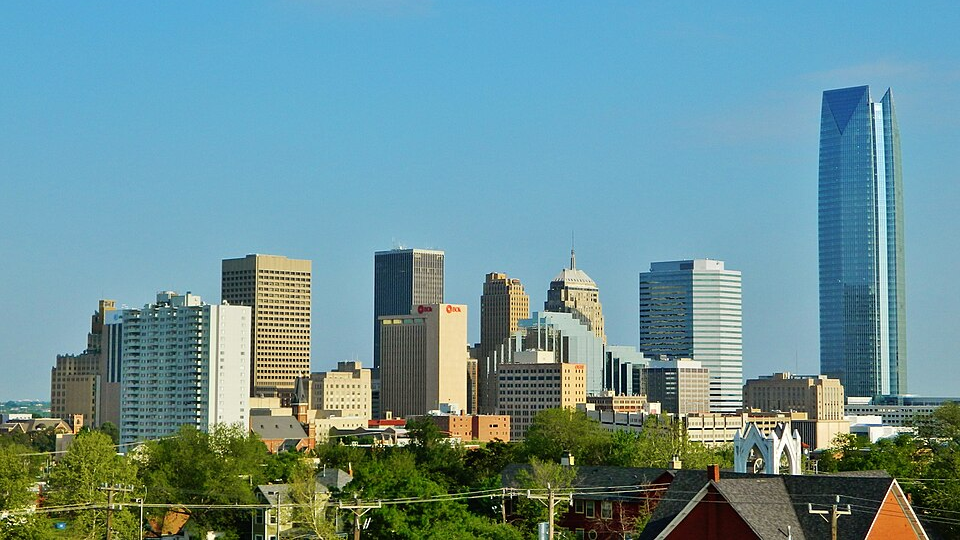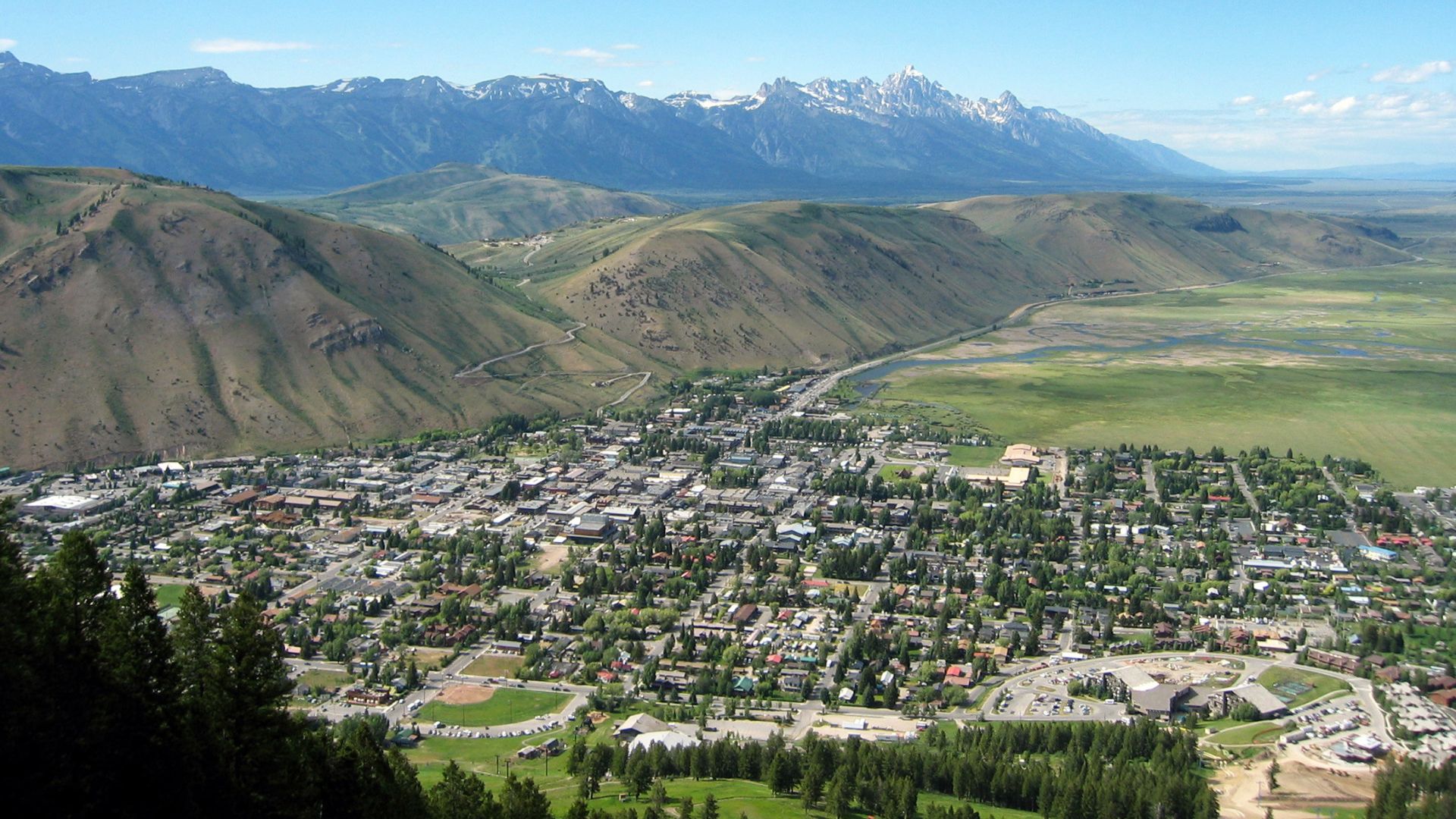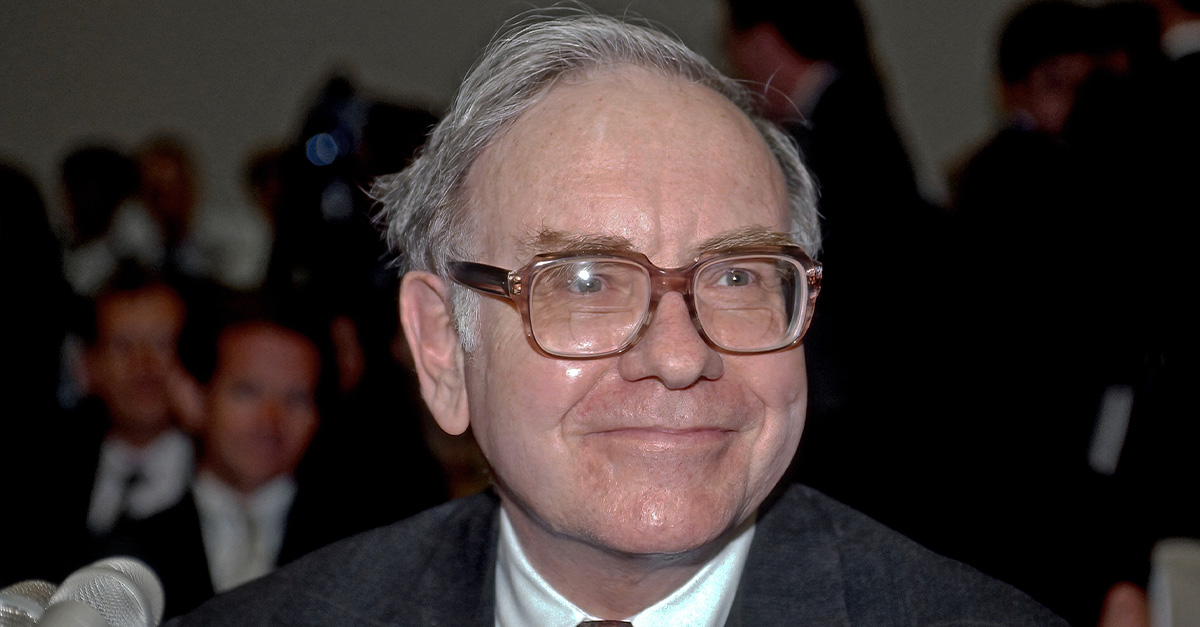Property Investment Map
Your million-dollar home could appreciate anywhere from 2 to 6 percent annually through 2035. These projections, based on FHFA's current market forecasts, state economic data, and regional trends, are subject to change. However, location makes all the difference.
Alabama ($1,480,240)
Mercedes-Benz, Hyundai, and Honda manufacturing plants have quietly turned Alabama into an unexpected economic powerhouse, creating ripple effects that extend far beyond factory floors. Your estate could reach $1.48 million by 2035, bolstered by the state's rock-bottom 0.42% property tax rate.
California ($1,552,000)
Despite headlines screaming about mass exodus, California's housing market continues its relentless climb, defying every doomsday prediction with stubborn resilience. While 275,000 residents left in 2023, those who stayed saw their median household income soar to $90,000, giving rise to a wealth concentration effect.
 Terry Lucas, Wikimedia Commons
Terry Lucas, Wikimedia Commons
Delaware ($1,720,000)
No sales tax, no inheritance tax for most properties, and a business code so friendly that 68% of Fortune 500 companies incorporate in Delaware. This place has mastered the art of fiscal attraction. The First State's secret weapon is often considered to be its strategic positioning.
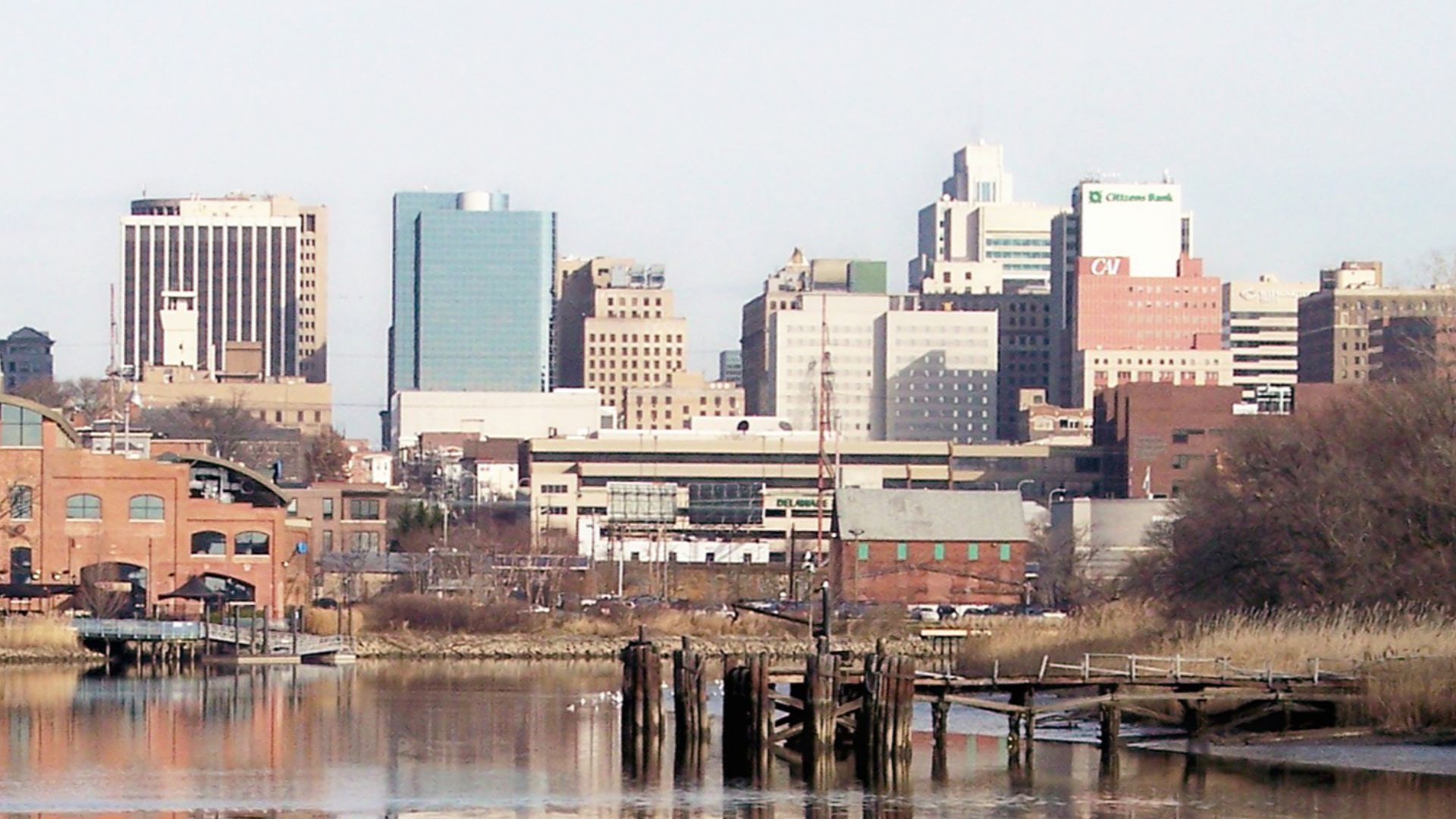 Tim Kiser (User:Malepheasant), Wikimedia Commons
Tim Kiser (User:Malepheasant), Wikimedia Commons
Connecticut ($2,240,000)
Hedge fund titans have made Greenwich and Westport their kingdoms, where $10 million estates are considered “starter homes”. Wall Street's gravitational pull crosses Manhattan's towers. An investment here could grow to $2.24 million, capitalizing on Connecticut's recent 8.4% annual appreciation rate.
Florida ($1,370,000)
Remote work revolutionized the metropolis with zero state income tax, and Florida became the ultimate winner in America's great pandemic migration story. Crypto millionaires from Silicon Valley, Wall Street refugees, and tech entrepreneurs have joined traditional retirees in reshaping the housing landscape.
Georgia ($1,710,000)
Atlanta's status as the "Hollywood of the South" has created an entertainment industry ecosystem worth billions. The state's film tax credits have attracted over $4 billion in annual productions, while simultaneously becoming a significant force in logistics. Hartsfield-Jackson serves as a key anchor for a massive distribution network.
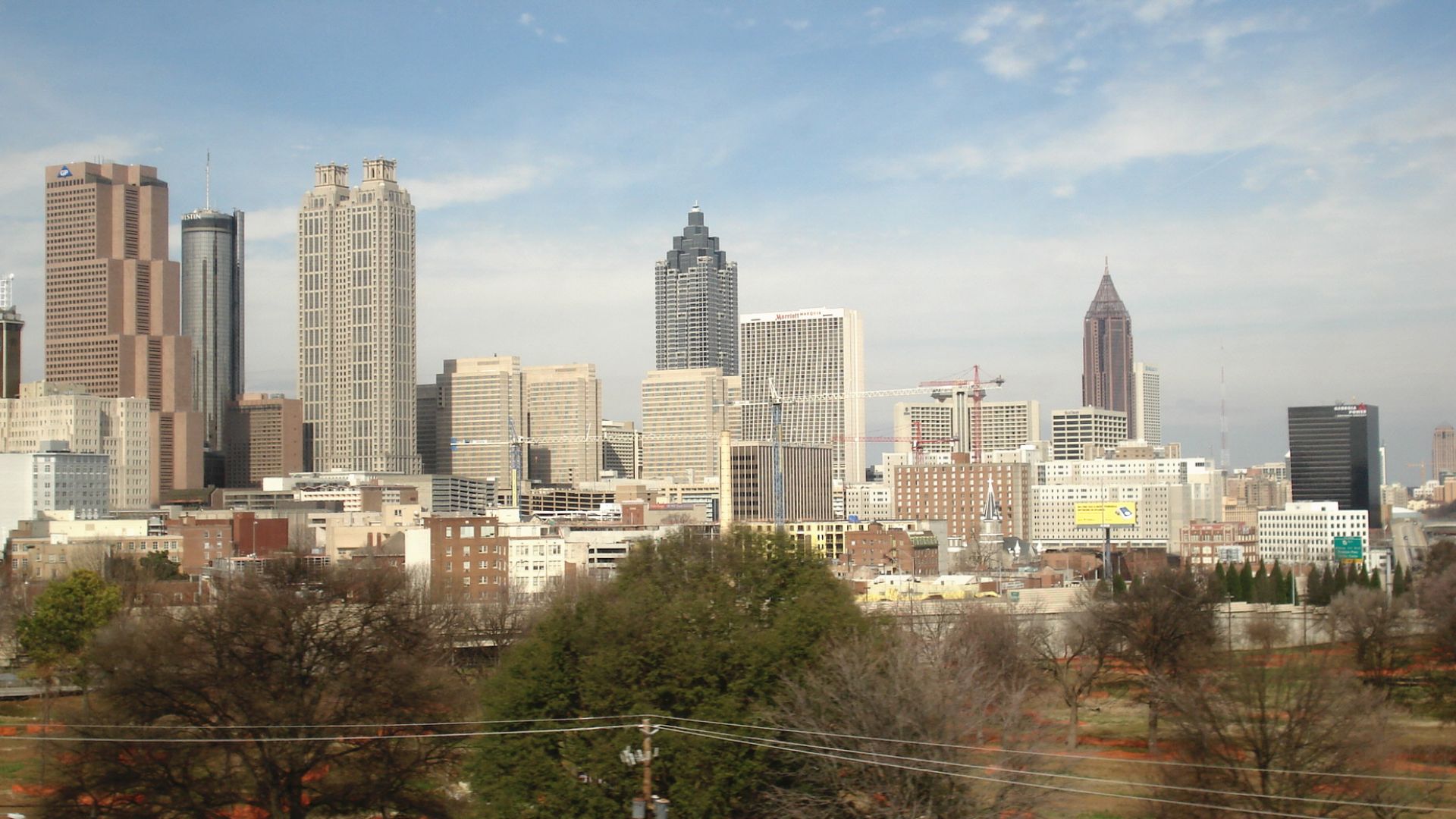 Atlantacitizen at English Wikipedia, Wikimedia Commons
Atlantacitizen at English Wikipedia, Wikimedia Commons
Idaho ($1,680,000)
Boise wasn't supposed to become the next Austin, but California tech refugees had other plans. What started as a pandemic-era escape route has evolved into a permanent tech migration. Investment projects are expected to reach $1.68 million by 2035, fueled by Idaho's 10–12% population growth.
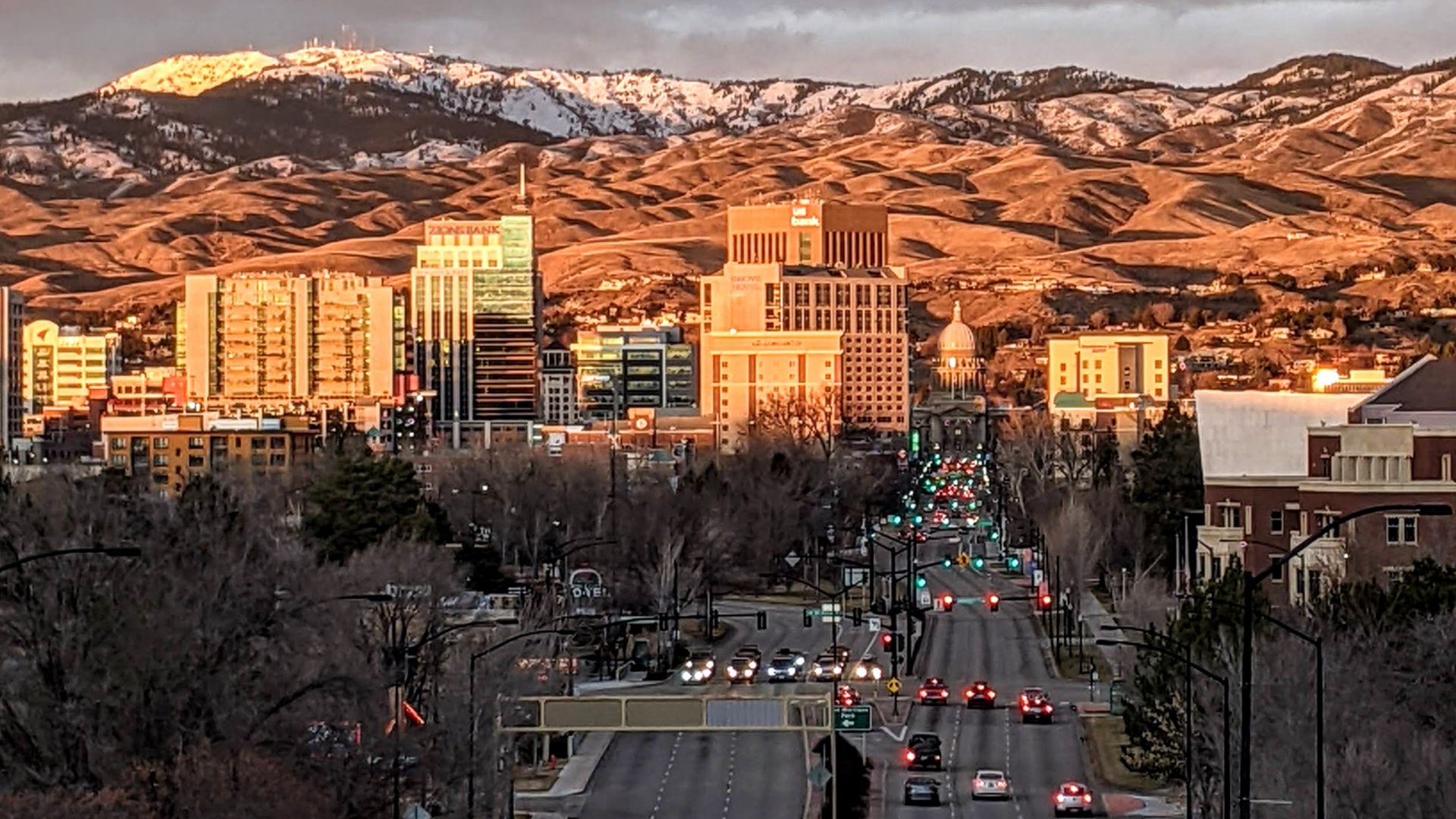 Jyoni Shuler, Wikimedia Commons
Jyoni Shuler, Wikimedia Commons
Massachusetts ($1,760,000)
Harvard, MIT, and a concentration of world-class hospitals give rise to an intellectual capital density that translates directly into real estate gold. Massachusetts has a high concentration of Nobel Prize winners. This brain trust drives innovation from Boston's biotech corridor to Cambridge's startup scene.
New Hampshire ($1,730,000)
"Live Free or Die" isn't just a motto; it's a tax strategy. With no state income tax and no sales tax, the Granite State has become a magnet for Massachusetts professionals who realized they can slash their tax burden with a simple zip code change.
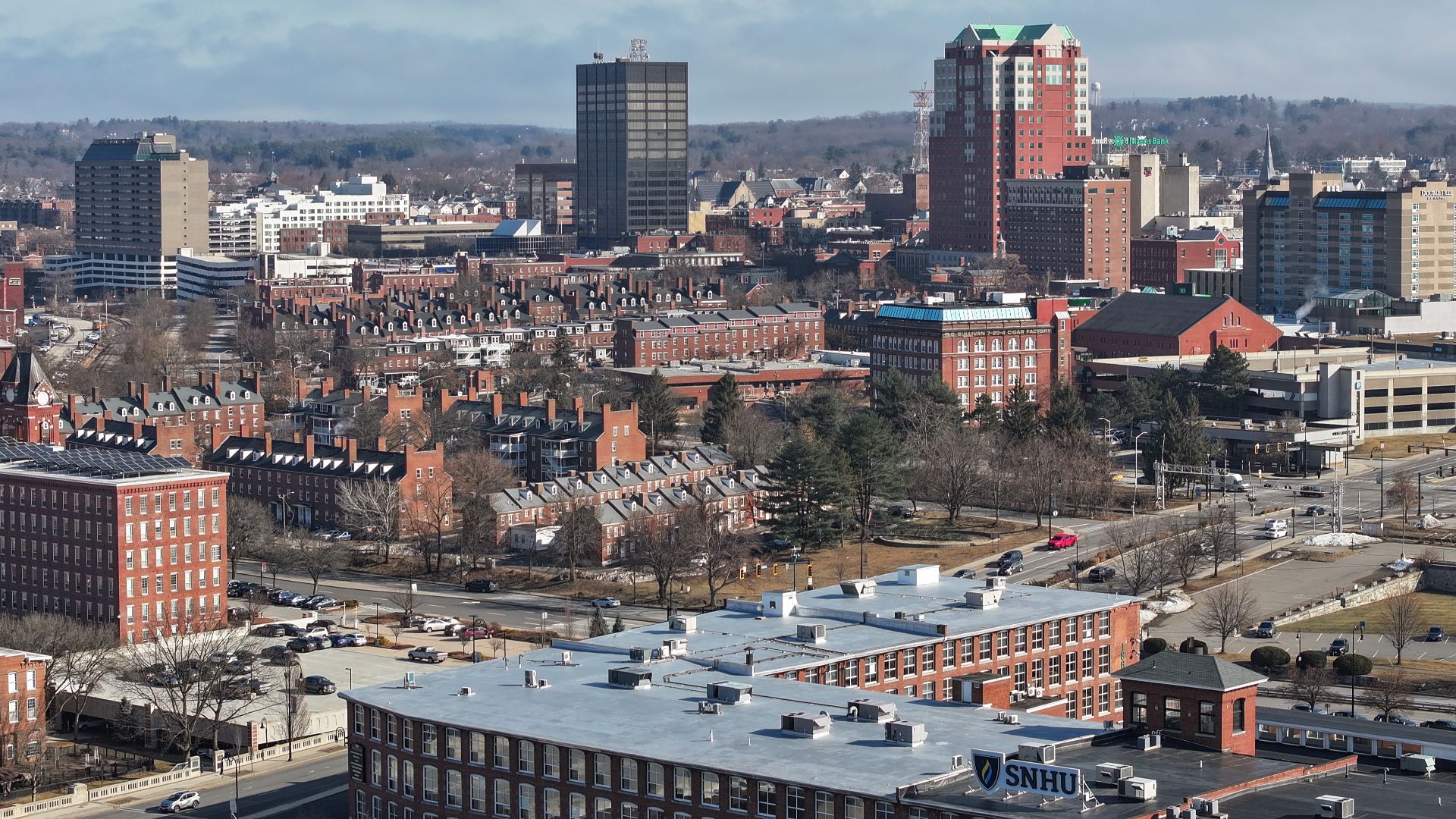 Quintin Soloviev, Wikimedia Commons
Quintin Soloviev, Wikimedia Commons
Maryland ($1,570,000)
Biotech brilliance flows through Maryland's research corridors, where NIH funding and Johns Hopkins expertise create America's densest concentration of life sciences innovation. Proximity to Washington means your $1.57 million projection by 2035 benefits from federal contractor spending that never truly disappears, regardless of political winds.
New Jersey ($2,130,000)
High property taxes haven't stopped New Jersey from becoming America's wealthiest state by median household income. Property taxes may average 2.23% annually, but the proximity to Manhattan brings unmatched earning potential. Wall Street executives pay premium rates for Princeton colonials.
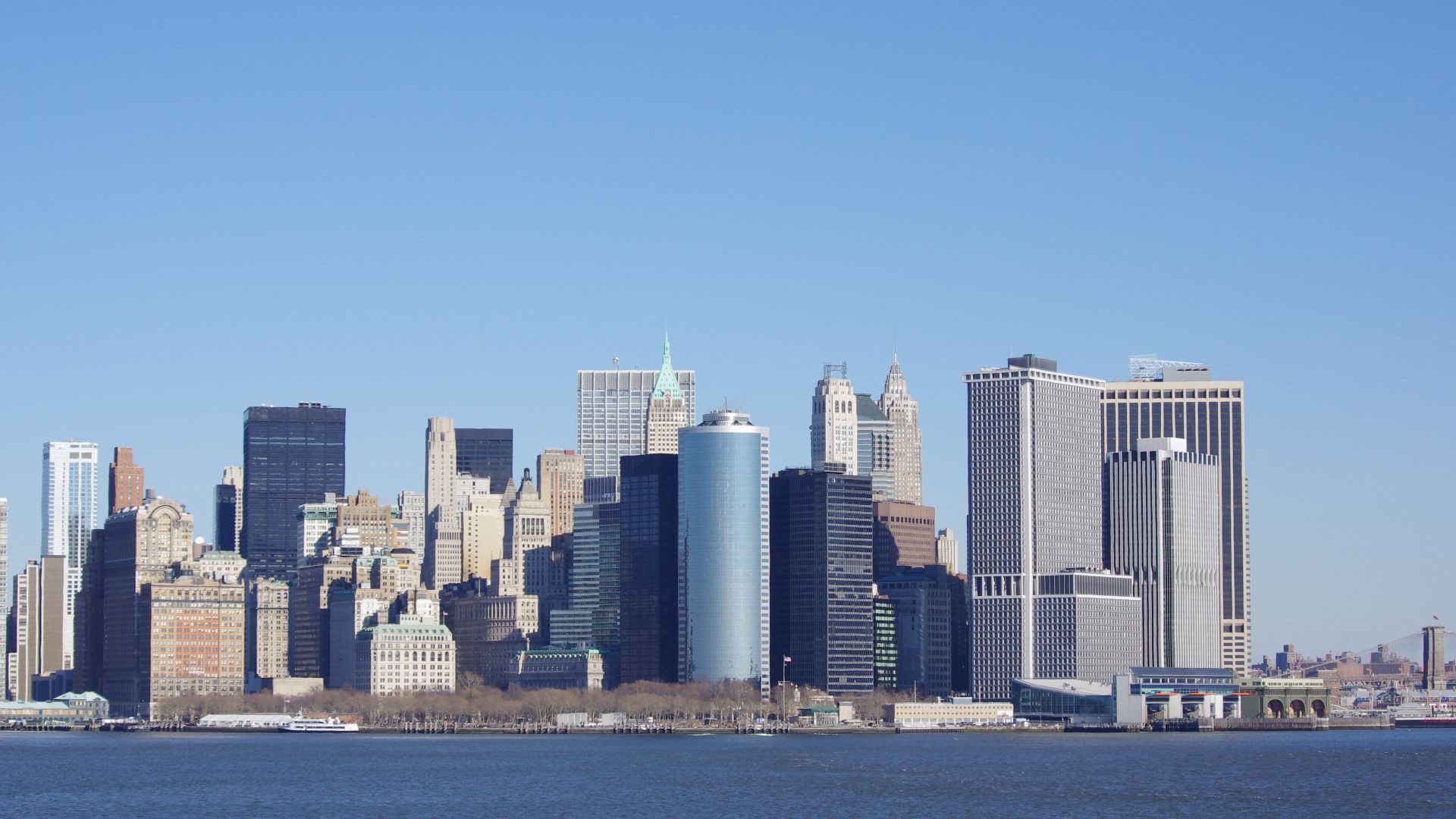 David Merrett, Wikimedia Commons
David Merrett, Wikimedia Commons
New York ($1,480,200)
Empire State real estate operates on two completely different universes: New York City's stratospheric prices and upstate's surprising affordability opportunities. Your estate could touch around $1.48 million by 2035, but location determines everything in this tale of two markets. Manhattan penthouses sell for $50 million.
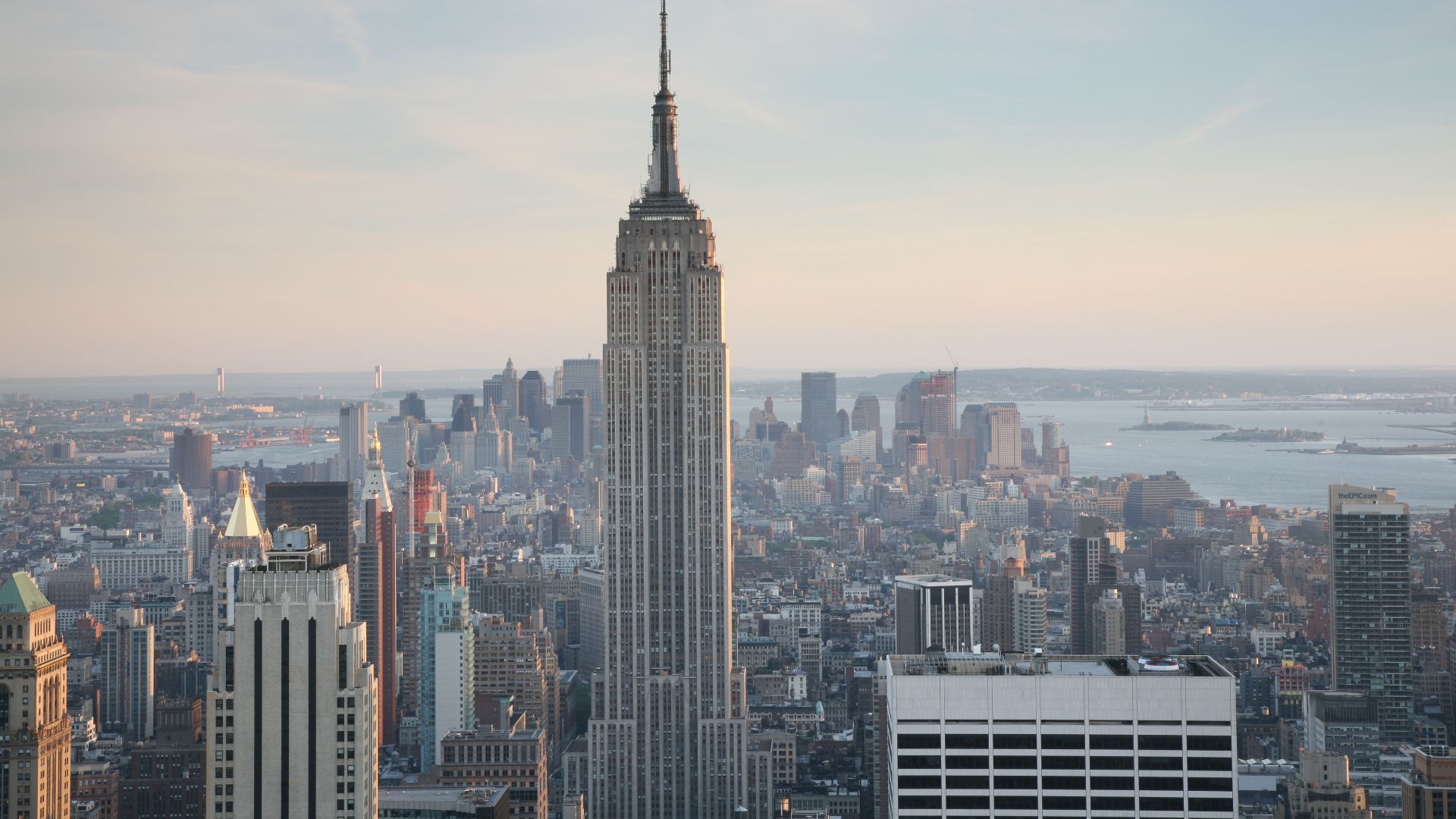 Daniel Schwen, Wikimedia Commons
Daniel Schwen, Wikimedia Commons
North Carolina ($1,480,240)
Research Triangle's transition from tobacco farmland into America's premier tech hub reads like economic fiction. However, numbers tell the true story with Duke, UNC, and NC State supporting an ecosystem preferred by companies ranging from Apple to MetLife. Charlotte's banking sector rivals New York's influence.
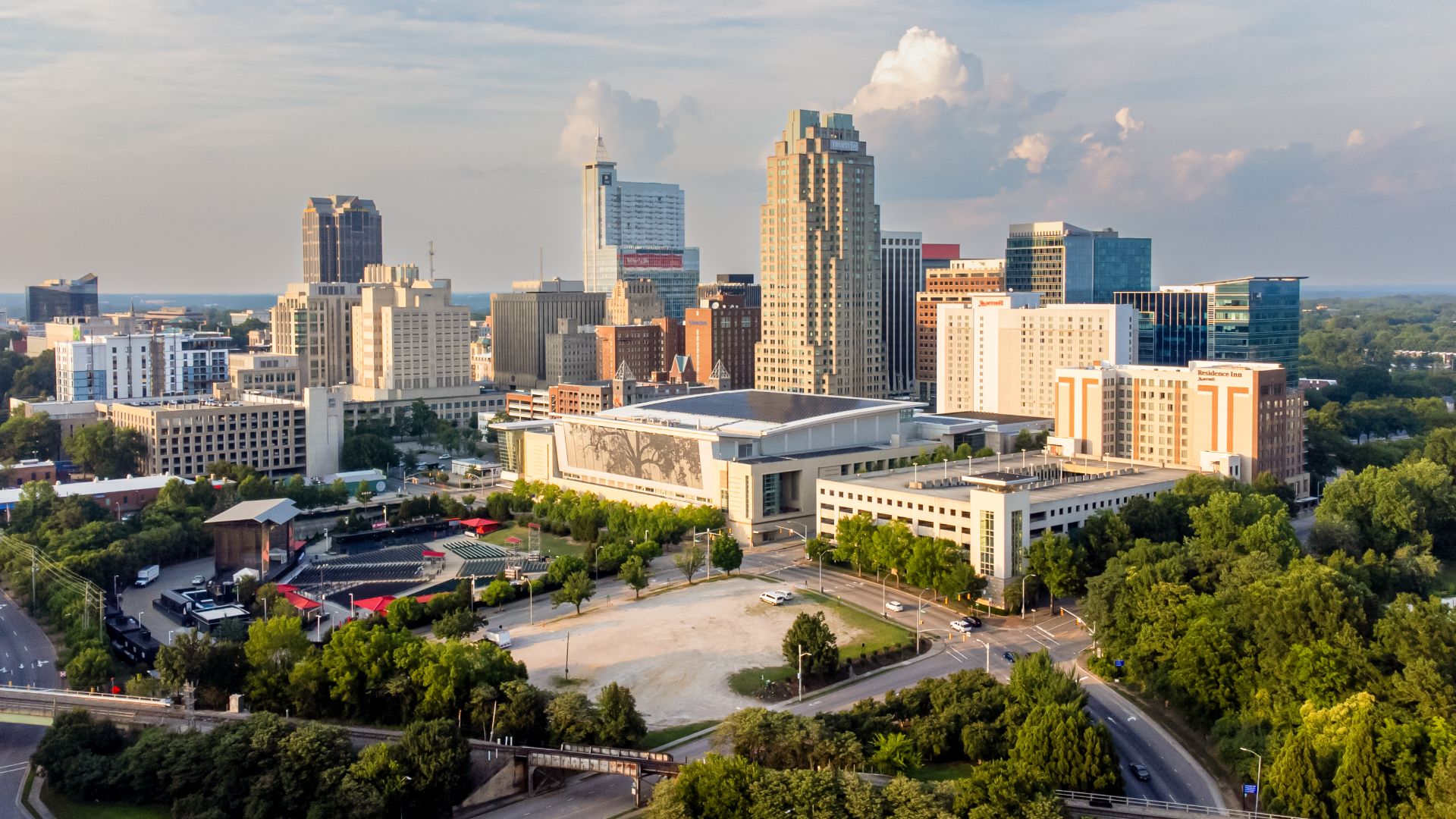 Abhiram Juvvadi, Wikimedia Commons
Abhiram Juvvadi, Wikimedia Commons
Rhode Island ($2,240,000)
Ocean State's 400 square miles pack more millionaires per capita than states ten times its size. Newport's Gilded Age mansions set the tone, but modern fortunes from Boston finance and New York real estate fuel today's market dynamics. Rhode Island has seen a recent 8.4% annual growth.
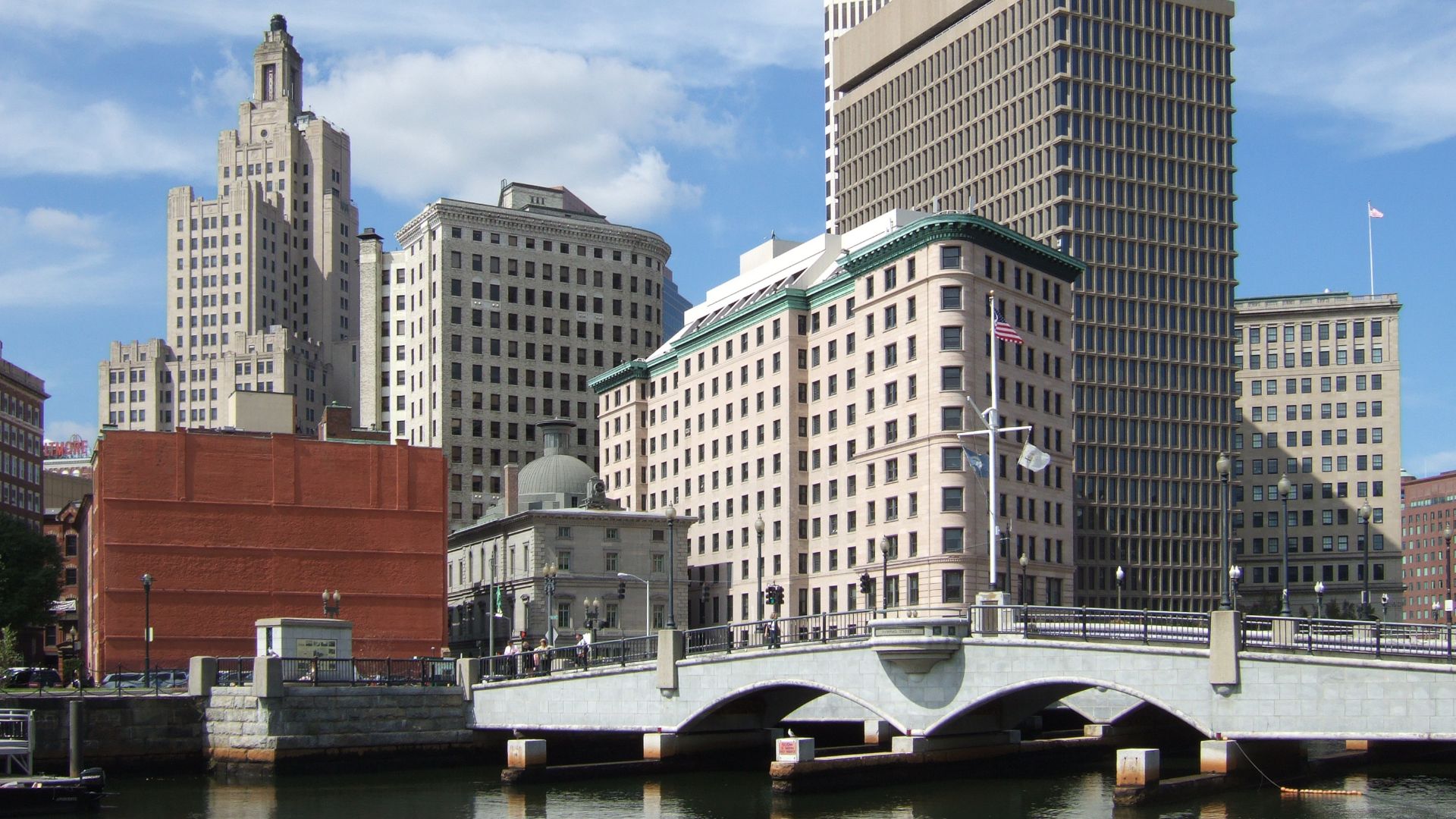 Kenneth C. Zirkel, Wikimedia Commons
Kenneth C. Zirkel, Wikimedia Commons
South Carolina ($1,172,000)
Housing benefits from South Carolina's aggressive business recruitment, that's attracted companies like BMW and Volvo. The state's coastline, from Myrtle Beach to Hilton Head, crafts a natural scarcity for waterfront properties, while inland markets like Greenville see retirees and professionals fleeing higher-tax states.
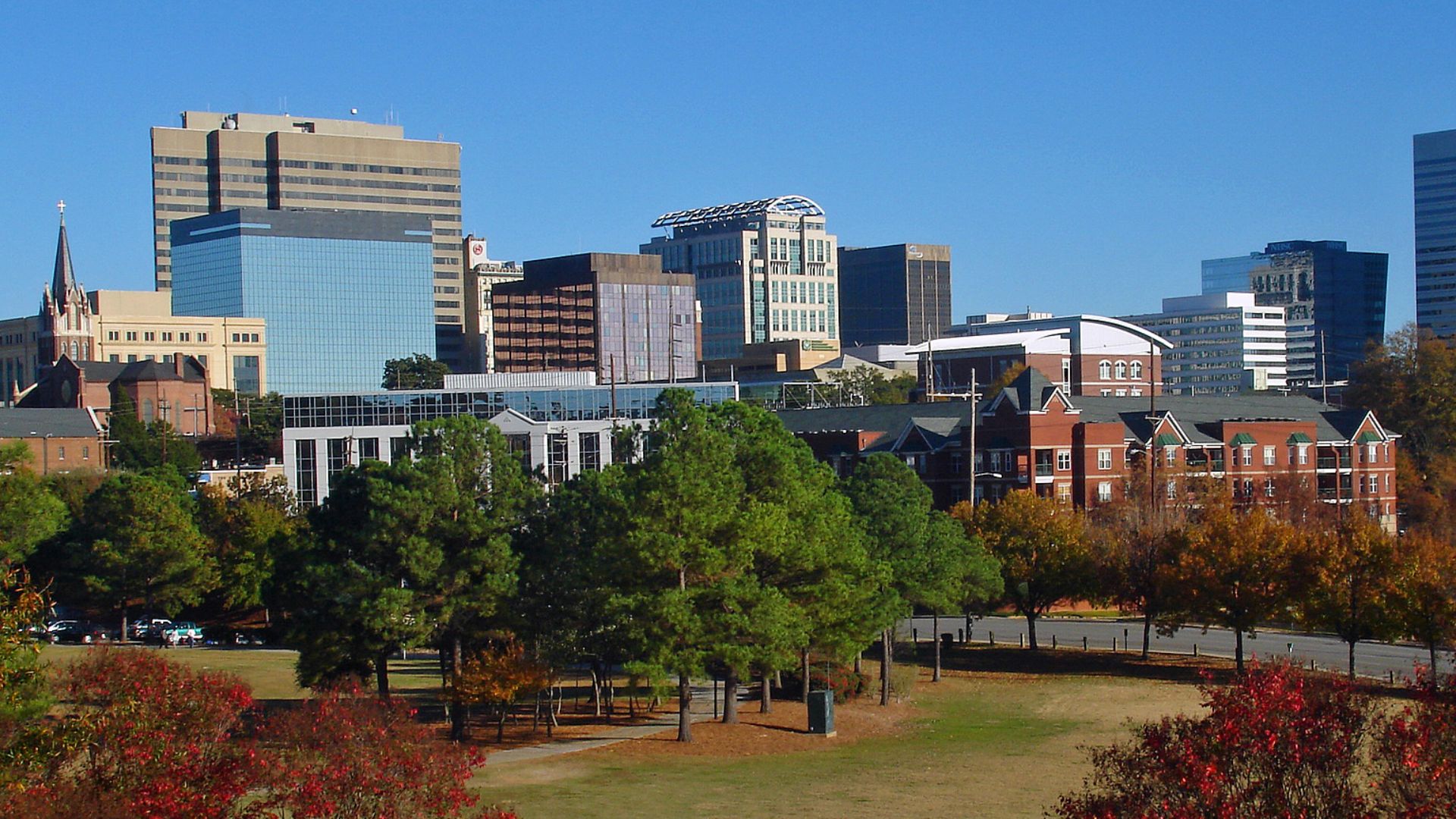 Akhenaton06, Wikimedia Commons
Akhenaton06, Wikimedia Commons
Tennessee ($1,628,000)
Amazon's $230 million operations center and Oracle's expansion signal Tennessee's emergence as a logistics and technology hub beyond its musical roots. Riding the wave of zero state income tax, high earners get particularly interested. The state's central location provides overnight shipping access to 75% of US markets.
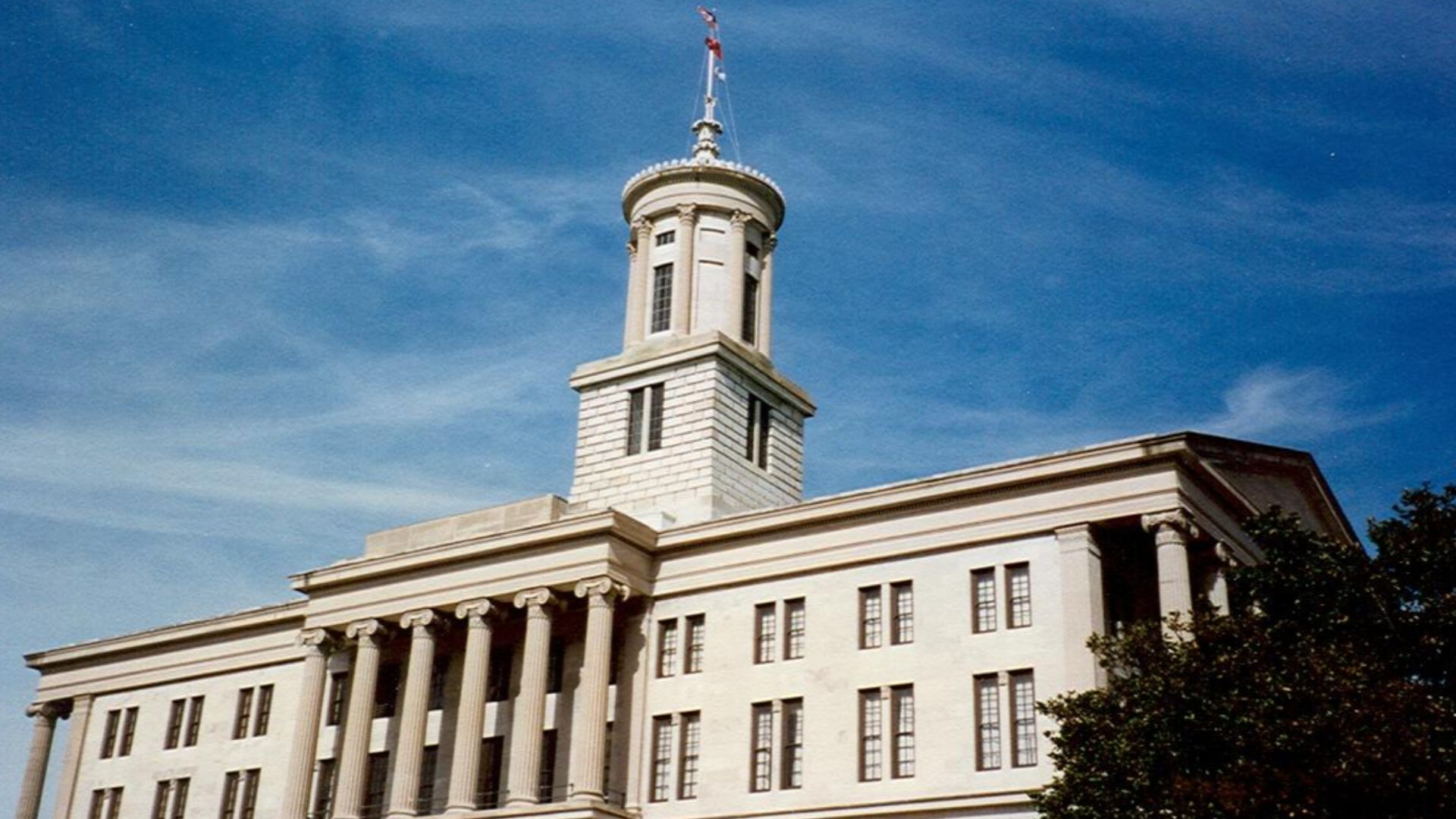 No machine-readable author provided. Ichabod assumed (based on copyright claims)., Wikimedia Commons
No machine-readable author provided. Ichabod assumed (based on copyright claims)., Wikimedia Commons
Texas ($1,105,000)
Everything's bigger in Texas, including the corporate relocations reshaping the Lone Star State's real estate scenario, especially in Dallas-Fort Worth. Tesla, Oracle, and dozens of Fortune 500 companies have established Texas as their new headquarters, drawn by the state's business-friendly policies and zero corporate income tax.
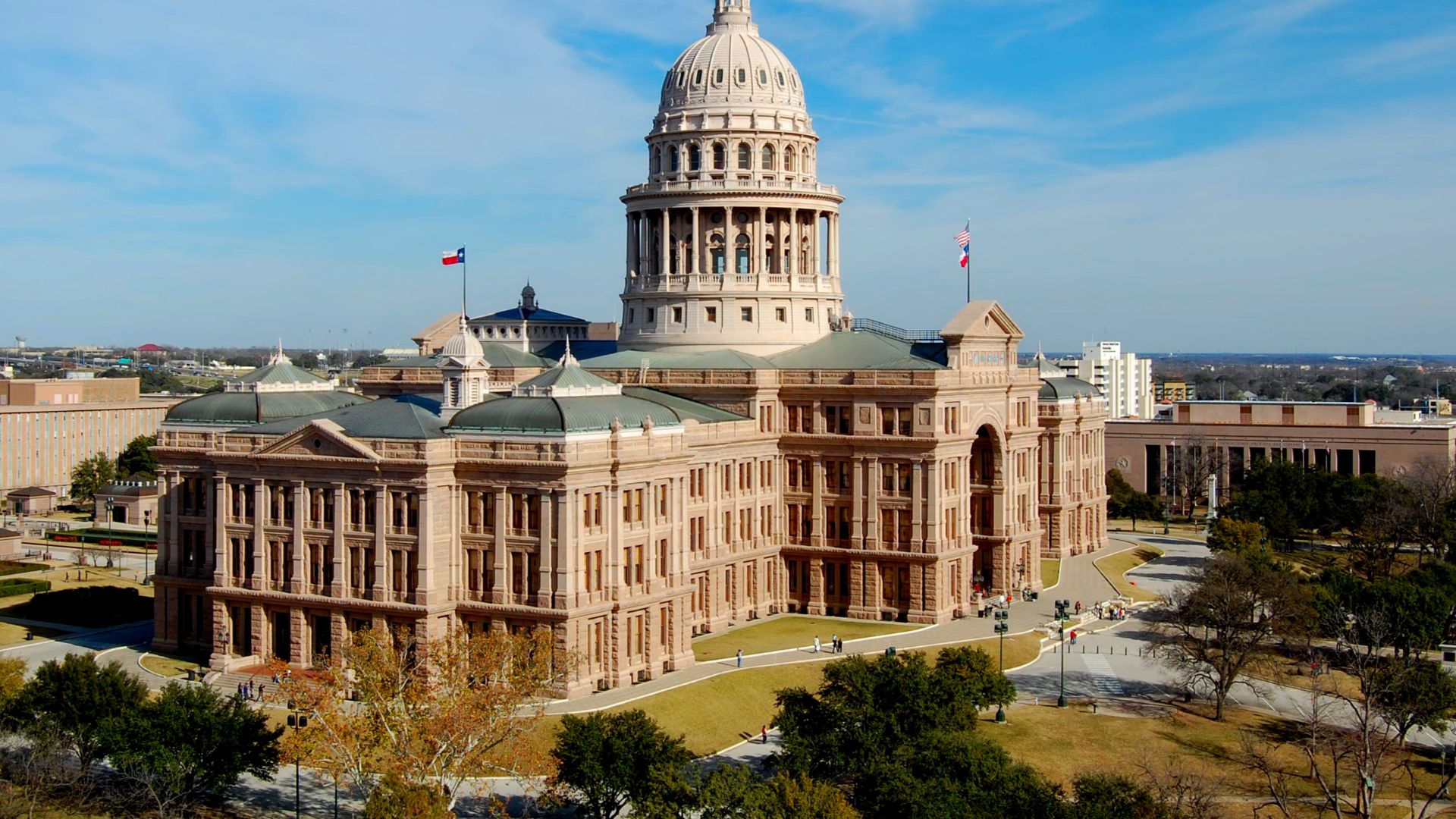 LoneStarMike, Wikimedia Commons
LoneStarMike, Wikimedia Commons
Utah ($1,344,000)
Utah offers a distinctive combination of urban sophistication and outdoor recreation, which might increase the value of your future house to $1.34 million by 2035. Due to the state's highest birth rate and the youngest median age in the country, housing demand is expected to continue.
Vermont ($1,480,240)
COVID-19 revealed Vermont's hidden advantages: pristine natural beauty, low crime rates, and surprisingly sturdy internet infrastructure that supports high-paying remote careers. The state's progressive politics and environmental consciousness are what educated professionals look for. Vermont also displays limited development and zoning restrictions.
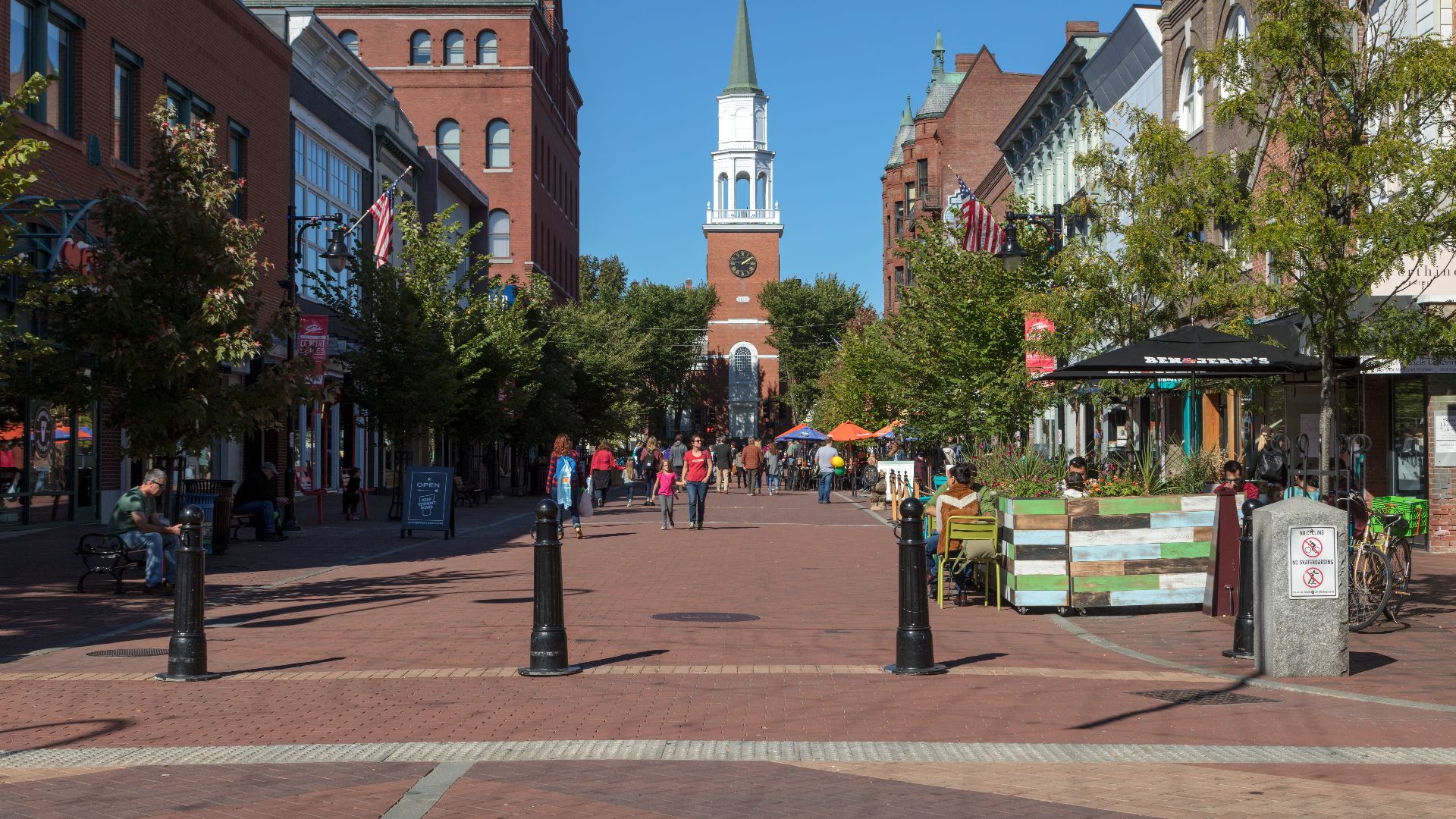 Carol M. Highsmith, Wikimedia Commons
Carol M. Highsmith, Wikimedia Commons
Virginia ($1,480,240)
Pentagon proximity has given rise to America's most government-dependent property market, where defense contractors and federal agencies consistently drive housing demand, making it recession-resistant. Northern Virginia's technology corridor, powered by Amazon's HQ2 in Arlington, converts the region into an East Coast Silicon Valley with federal backing.
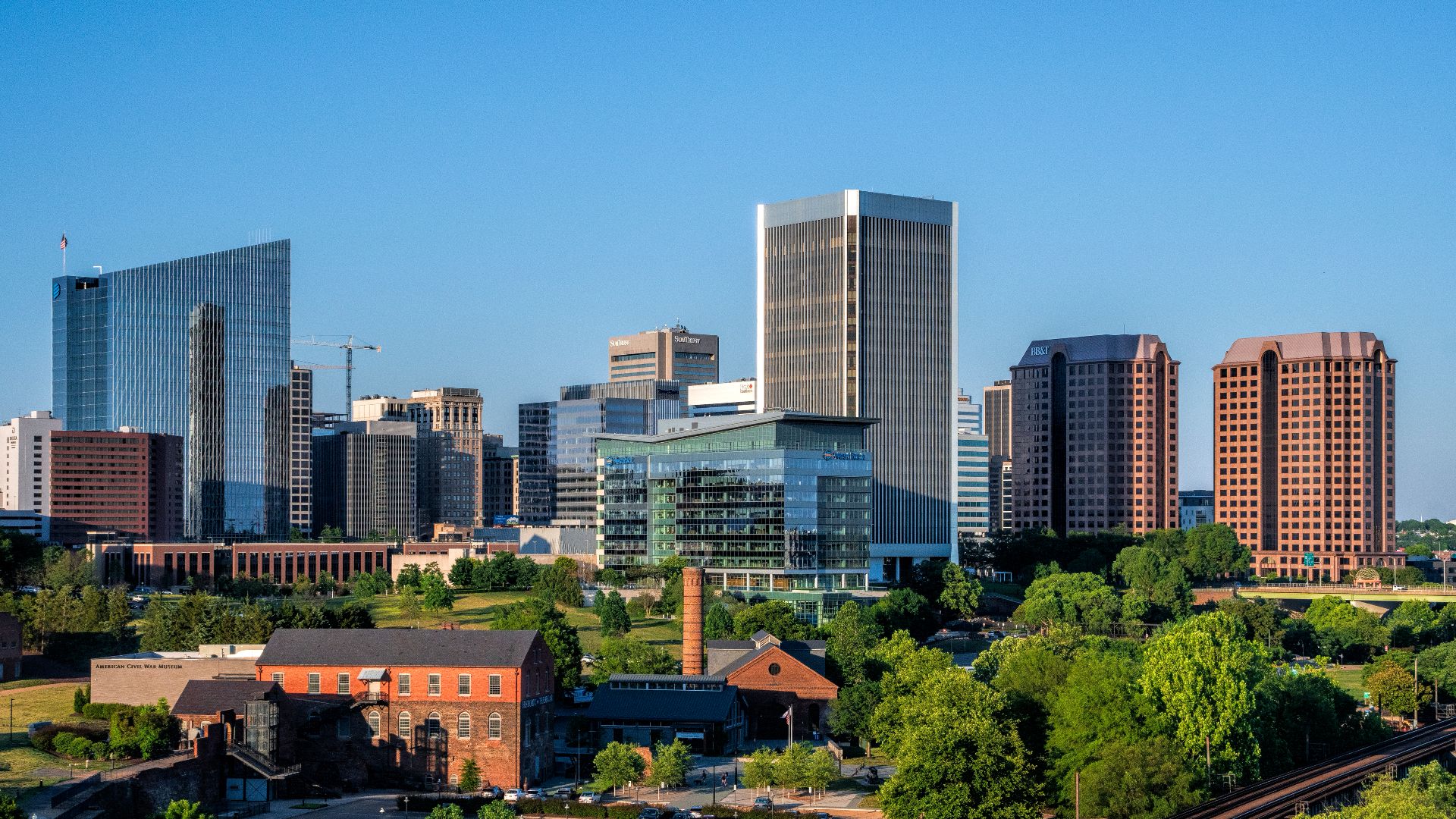 Bruce Emmerling, Wikimedia Commons
Bruce Emmerling, Wikimedia Commons
Washington ($1,740,000)
A trillion-dollar ecosystem is held together by the headquarters of Microsoft and Amazon in the Pacific Northwest's economic powerhouse. Despite its infamous rain and high cost of living, Washington has successfully repositioned its economy to pull in talent from around the world, as evidenced by Seattle's skyline change.
 Carol M. Highsmith, Wikimedia Commons
Carol M. Highsmith, Wikimedia Commons
Arizona ($1,560,000)
Intel's $20 billion Phoenix expansion and TSMC's chip facility signal Arizona's transition into America's microchip manufacturing hub. When California migrants spurred bidding wars during the pandemic, appreciation peaked, but in another 10 years or so, your expensive asset is sure to reach $1.56 million.
 John Diebolt, Wikimedia Commons
John Diebolt, Wikimedia Commons
Arkansas ($1,520,000)
Walmart's Bentonville headquarters proves that global empires can grow from unlikely places. The retail giant's influence goes beyond employment, supplier companies, and logistics firms that cluster around the world's largest retailer, developing sustained economic pressure. Home projects benefit from Arkansas's rock-bottom cost of living.
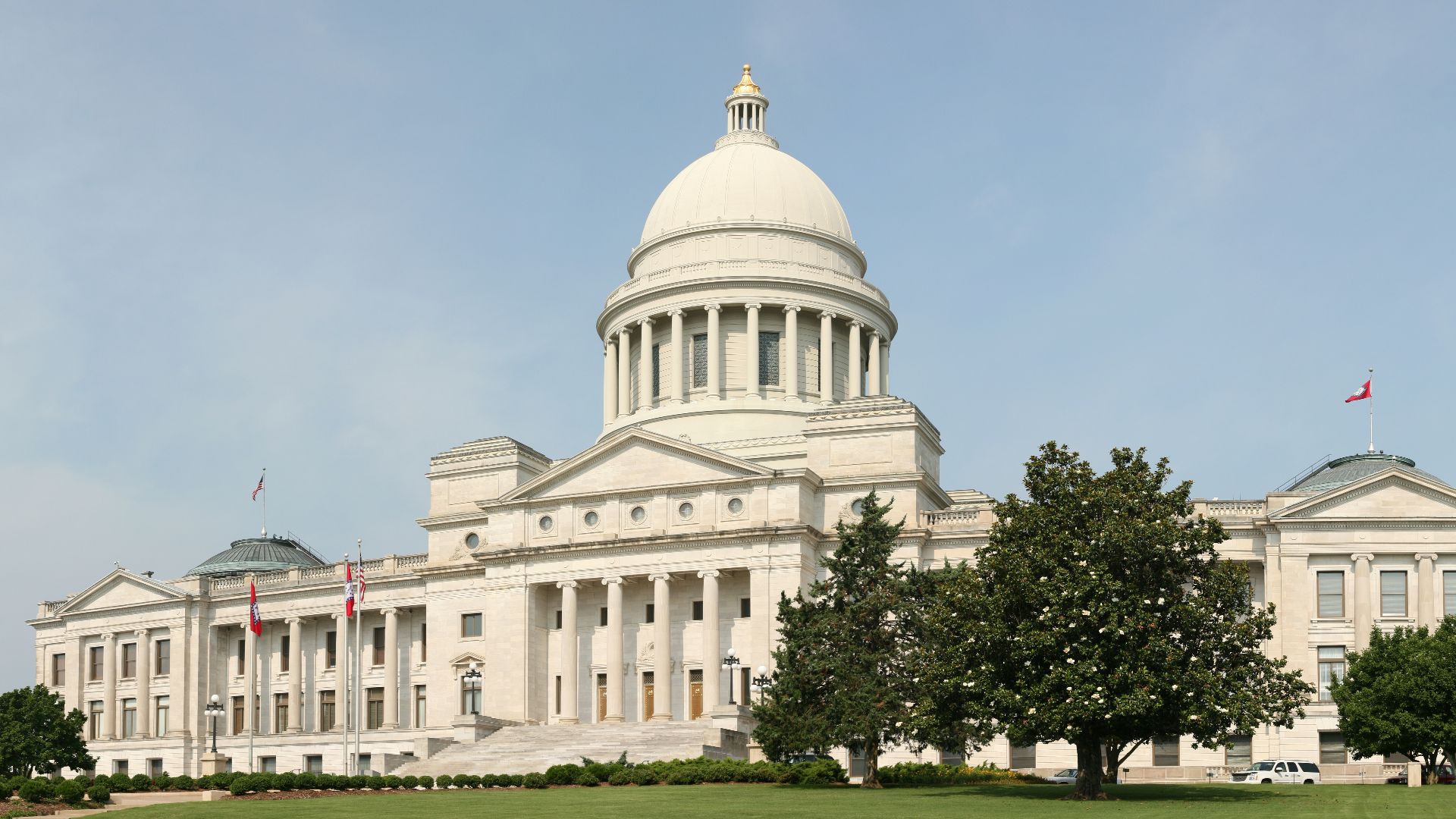 Daniel Schwen, Wikimedia Commons
Daniel Schwen, Wikimedia Commons
Colorado ($1,590,000)
Aerospace firms sustain the Centennial State's growth beyond green gold. Denver's emergence as a regional financial center, combined with Boulder's thriving startup ecosystem, serves as a diverse economic foundation that reduces dependence on any single industry. The area’s outdoor recreation economy generates ~$10–15 billion every year.
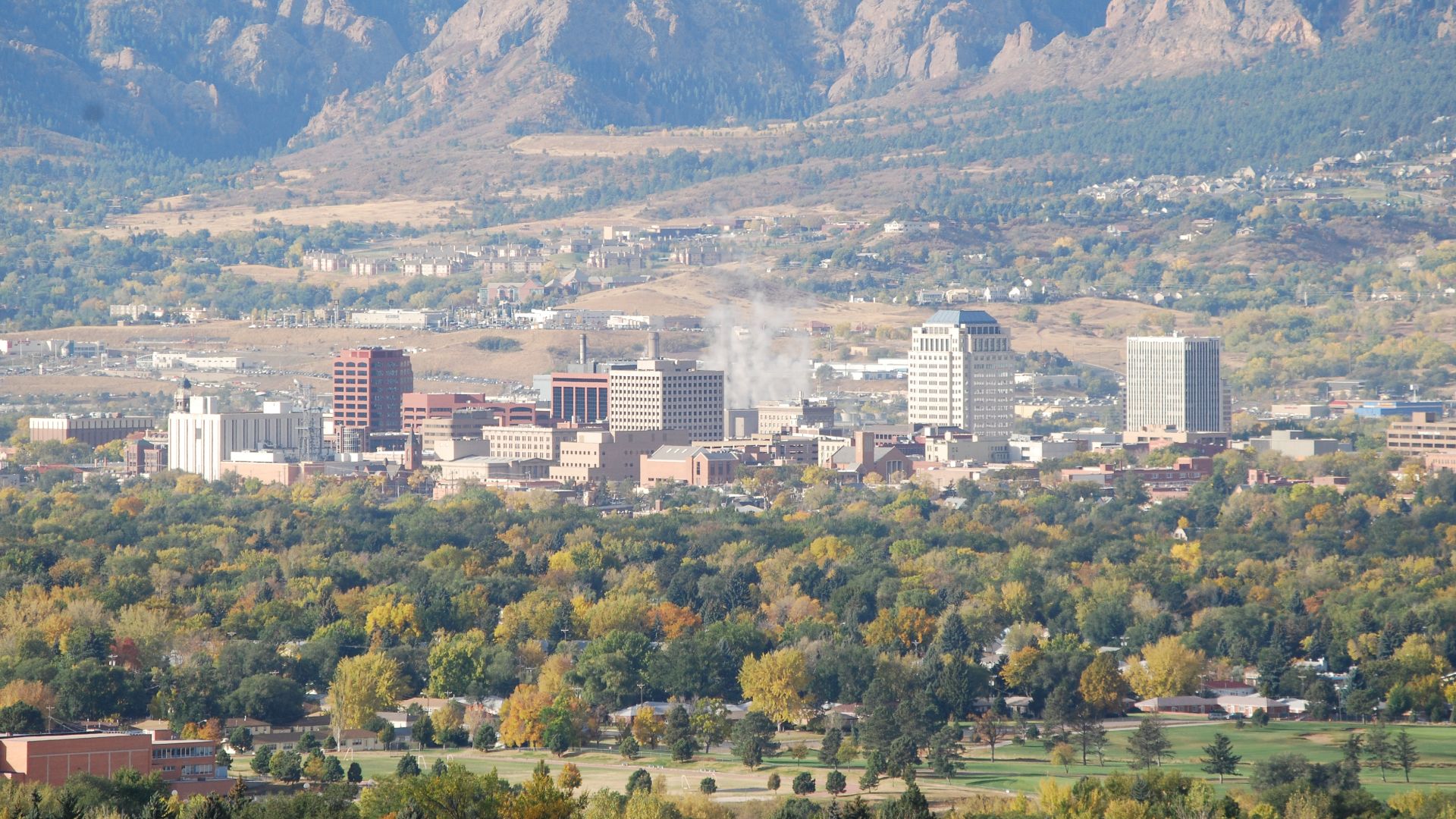 The original uploader was Postoak at English Wikipedia., Wikimedia Commons
The original uploader was Postoak at English Wikipedia., Wikimedia Commons
Illinois ($1,550,000)
Chicago's architectural grandeur masks economic challenges as the Prairie State grapples with population loss and fiscal pressures that complicate housing projections. The Windy City remains a global financial hub with commodity exchanges and corporate headquarters, yet high taxes drive residents to neighboring states with alarming regularity.
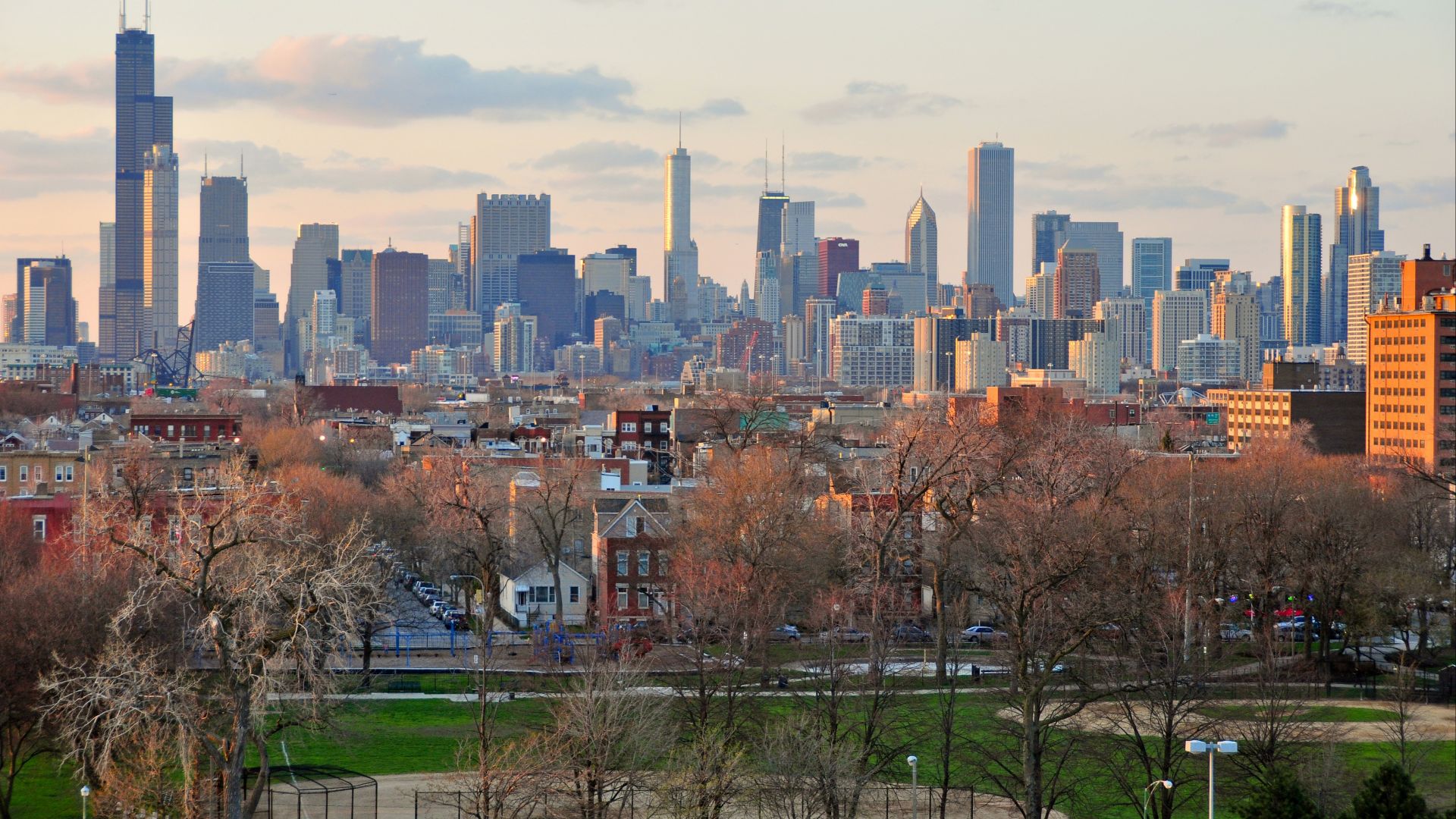 Andrew Horne, Wikimedia Commons
Andrew Horne, Wikimedia Commons
Indiana ($1,540,000)
By 2035, your estate is expected to be worth $1.54 million, thanks to consistent industrial expansion and reasonably priced living expenses. The need for luxury housing is maintained by high-paying positions in the state's pharmaceutical sector, which is anchored by Eli Lilly's Indianapolis headquarters.
Hawaii ($1,220,000)
Paradise comes with a cost that reflects 2,400 miles of Pacific Ocean isolation, where everything from lumber to luxury cars arrives by ship or plane. The projection to $1.22 million in the next 10 years reflects a balance between supply constraints and declining trends.
 Eric Tessmer, Wikimedia Commons
Eric Tessmer, Wikimedia Commons
Iowa ($1,530,000)
Wind turbines dot cornfields as Iowa turns agricultural dominance into renewable energy leadership, producing 55–60% of the state's electricity from wind power alone. This green energy revolution is liked by companies seeking sustainable operations, while traditional agriculture provides economic stability through commodity exports.
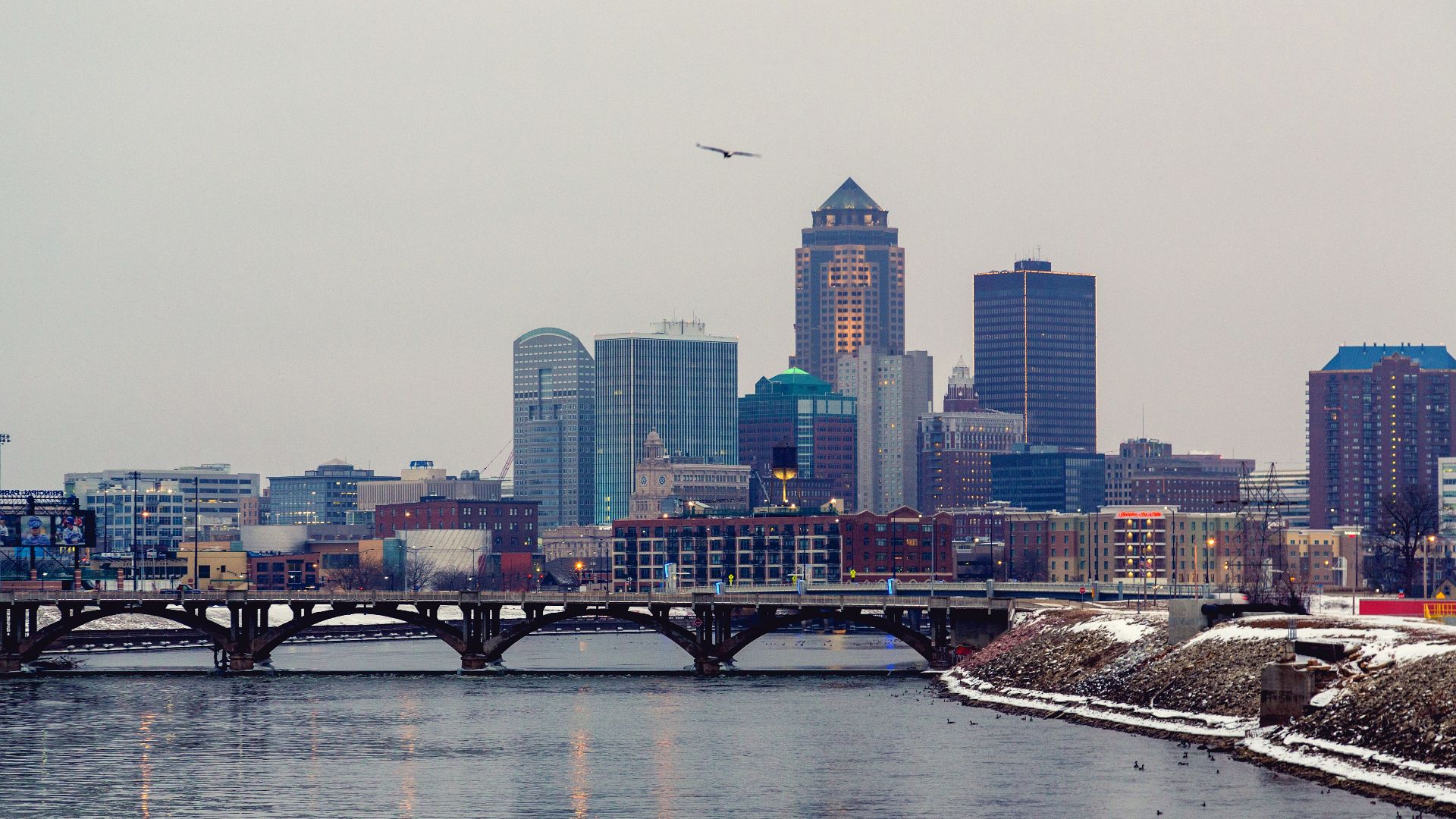 Tony Webster from Minneapolis, Minnesota, United States, Wikimedia Commons
Tony Webster from Minneapolis, Minnesota, United States, Wikimedia Commons
Kansas ($1,520,000)
Aircraft manufacturing soars above wheat fields as Wichita maintains its crown as the "Air Capital of the World," where Boeing, Airbus, and Cessna operations employ thousands. The $ 1.52 million is supported by the state's business-friendly policies and its central location. Kansas’s energy production also delivers royalty income.
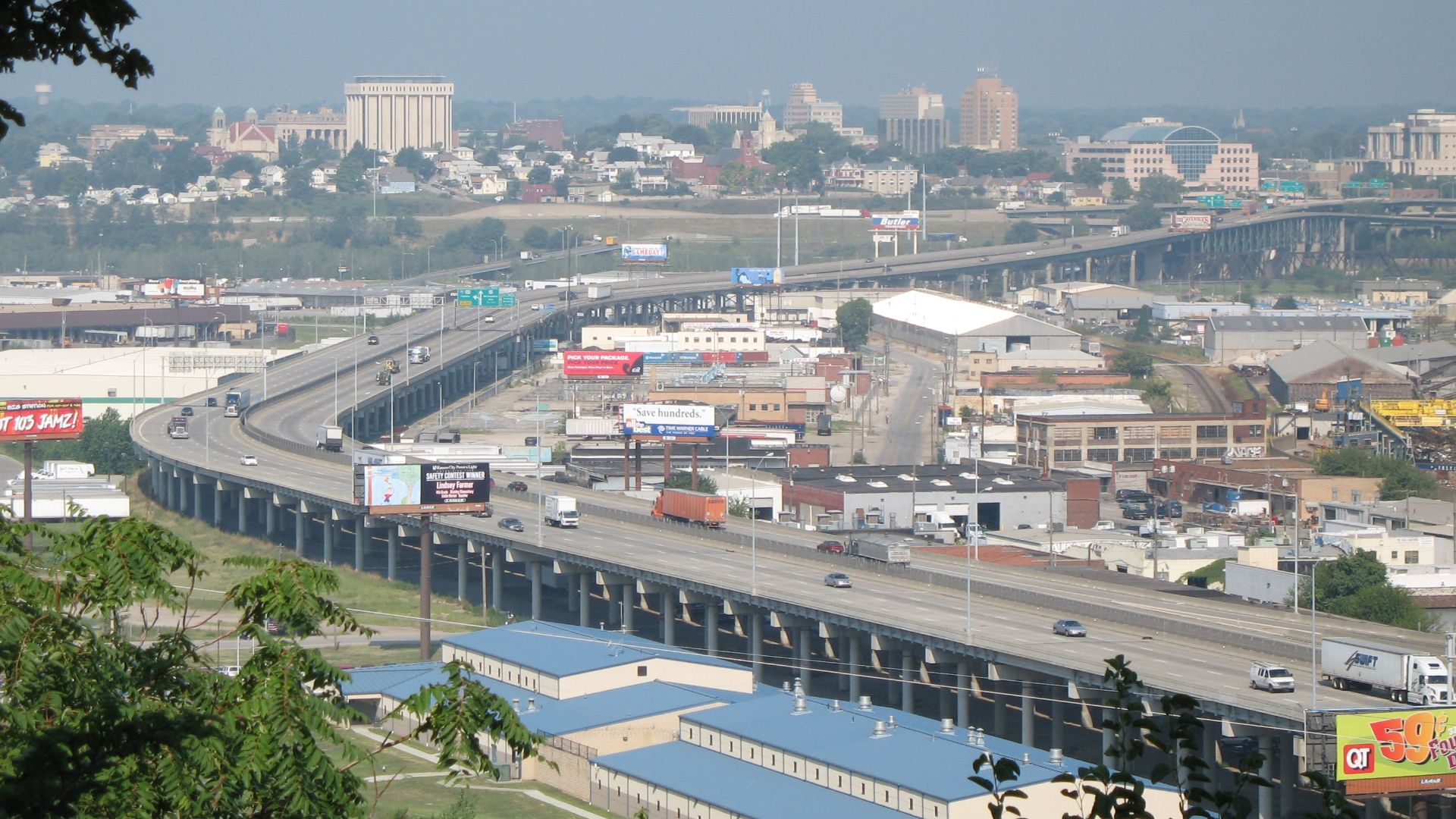 Americasroof, Wikimedia Commons
Americasroof, Wikimedia Commons
Kentucky ($1,530,000)
Toyota's Georgetown plant and Ford's Louisville facility employ tens of thousands of workers, with UPS's Worldport hub making Louisville a significant hub for global shipping. Your blingy residence could be worth $1.53 million in a few years due to Kentucky's diverse manufacturing sector.
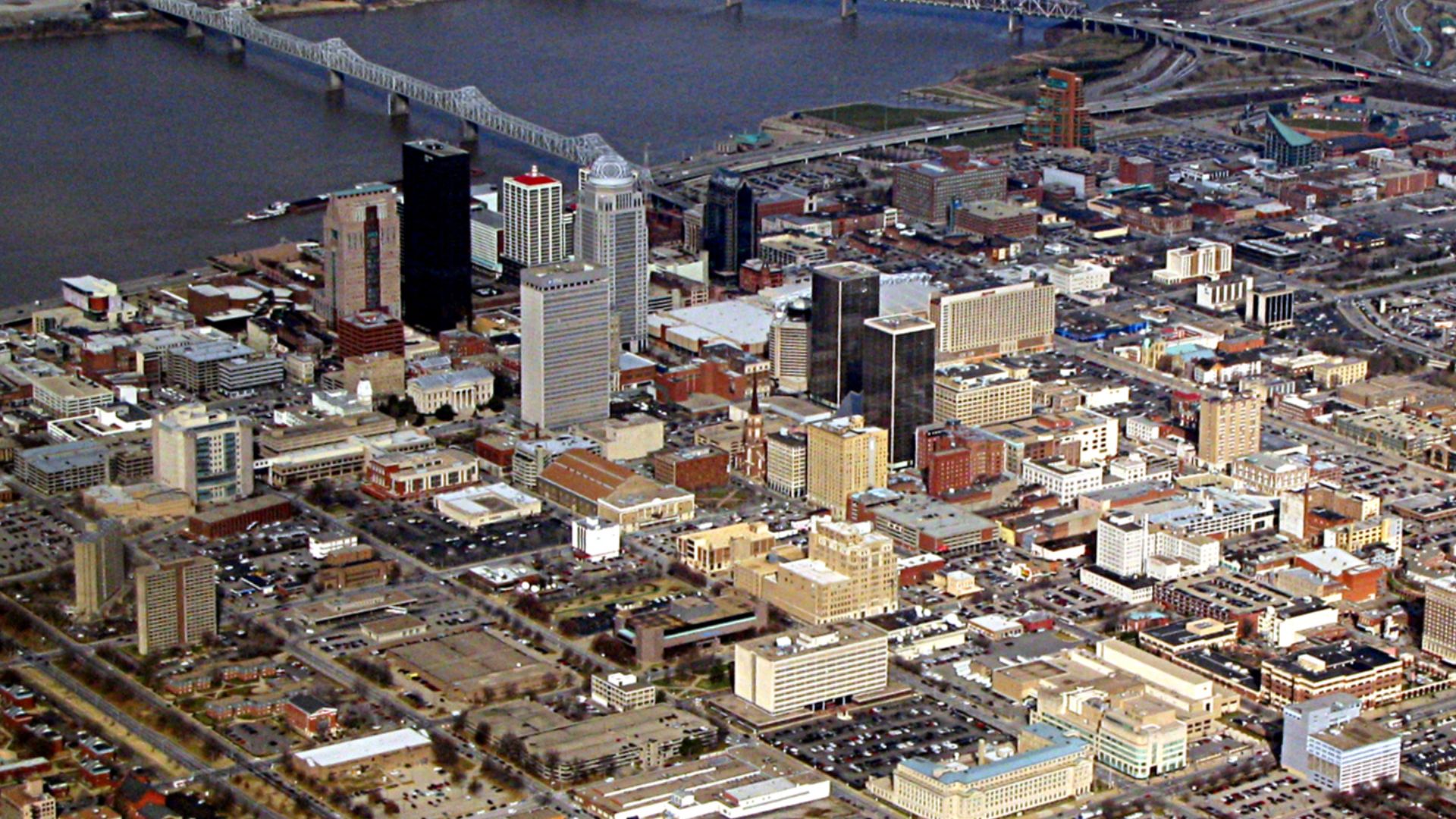 Ken Lund from Reno, Nevada, USA, Wikimedia Commons
Ken Lund from Reno, Nevada, USA, Wikimedia Commons
Michigan ($1,550,000)
General Motors, Ford, and Stellantis support traditional auto employment, but investments in electric vehicles signal Michigan's move toward sustainable transportation leadership. Economic headwinds, including legacy pension costs and population decline, temper the growth of your home, despite corporate investments in autonomous driving technology.
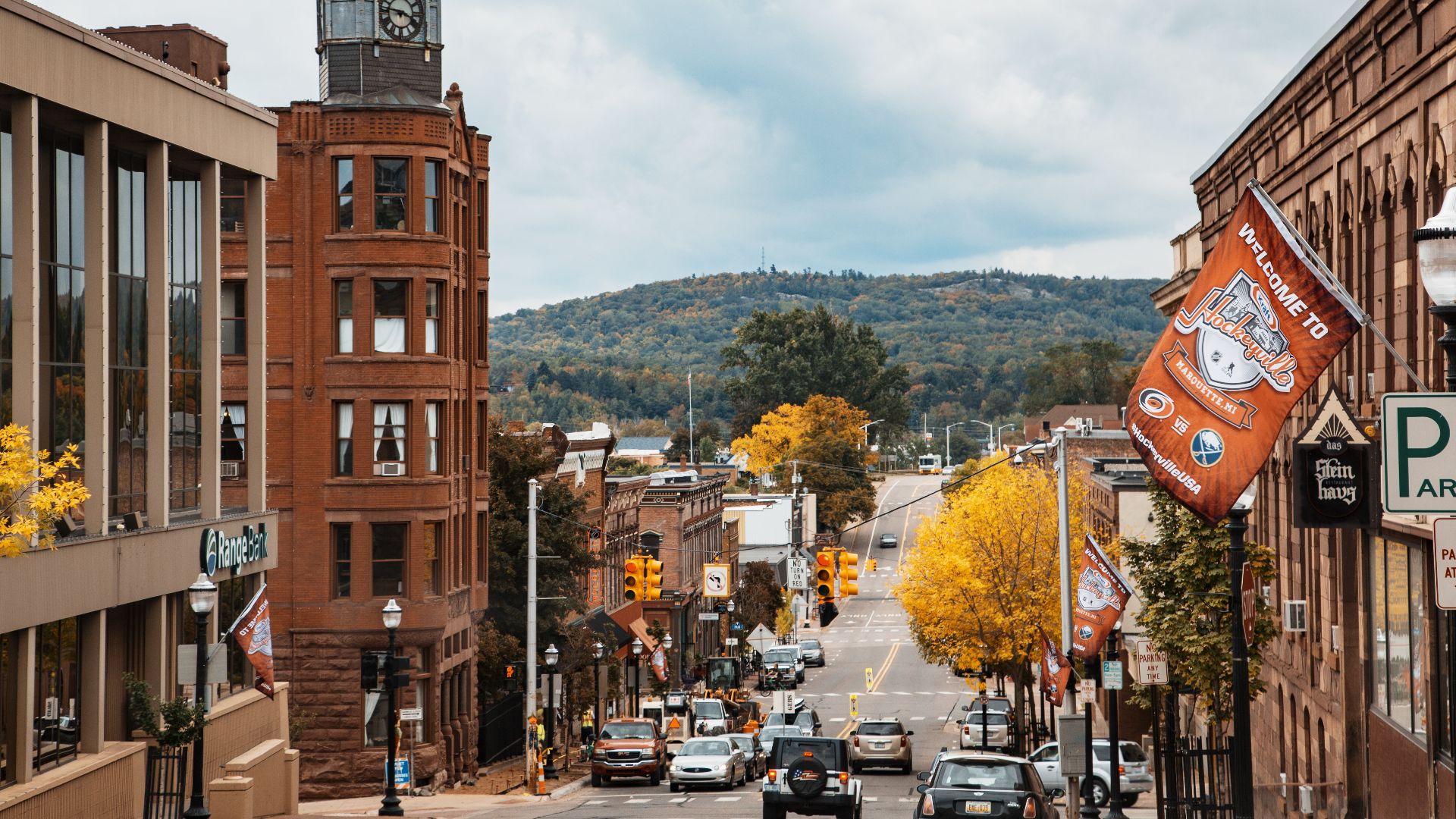 Tony Webster from Minneapolis, Minnesota, United States, Wikimedia Commons
Tony Webster from Minneapolis, Minnesota, United States, Wikimedia Commons
Minnesota ($1,560,000)
Corporate headquarters flourish in Minneapolis-St Paul's business-friendly climate, where Fortune 500 companies like Target, 3M, and General Mills maintain global operations. Harsh weather keeps some potential residents away, moderating your property's appreciation to $1.56 million by 2035 while preserving affordability relative to comparable metropolitan markets.
Missouri ($1,540,000)
The Gateway Arch symbolizes St Louis's historic role as a launching point for America's westward expansion, but Missouri's recent economy centers on agriculture, transportation, and financial services. Your investment will grow modestly to $1.54 million by 2035, reflecting the Show-Me State's steady yet unspectacular economic performance.
 Tech. Sgt. Christopher Boitz, Wikimedia Commons
Tech. Sgt. Christopher Boitz, Wikimedia Commons
Montana ($1,580,000)
Did you know that Big Sky Country attracts billionaires seeking privacy and pristine wilderness? This gives rise to isolated luxury markets. Tech moguls and hedge fund titans purchase massive ranches around Bozeman and Missoula, driving appreciation patterns that have little connection to local wage levels.
Nebraska ($1,530,000)
Warren Buffett calls Omaha home, and the Oracle of Omaha's presence symbolizes Nebraska's quiet prosperity built on agricultural abundance and insurance industry dominance. Steady growth to $1.53 million by 2035 reflects Nebraska's conservative economic approach and resistance to boom-bust cycles that plague other regions.
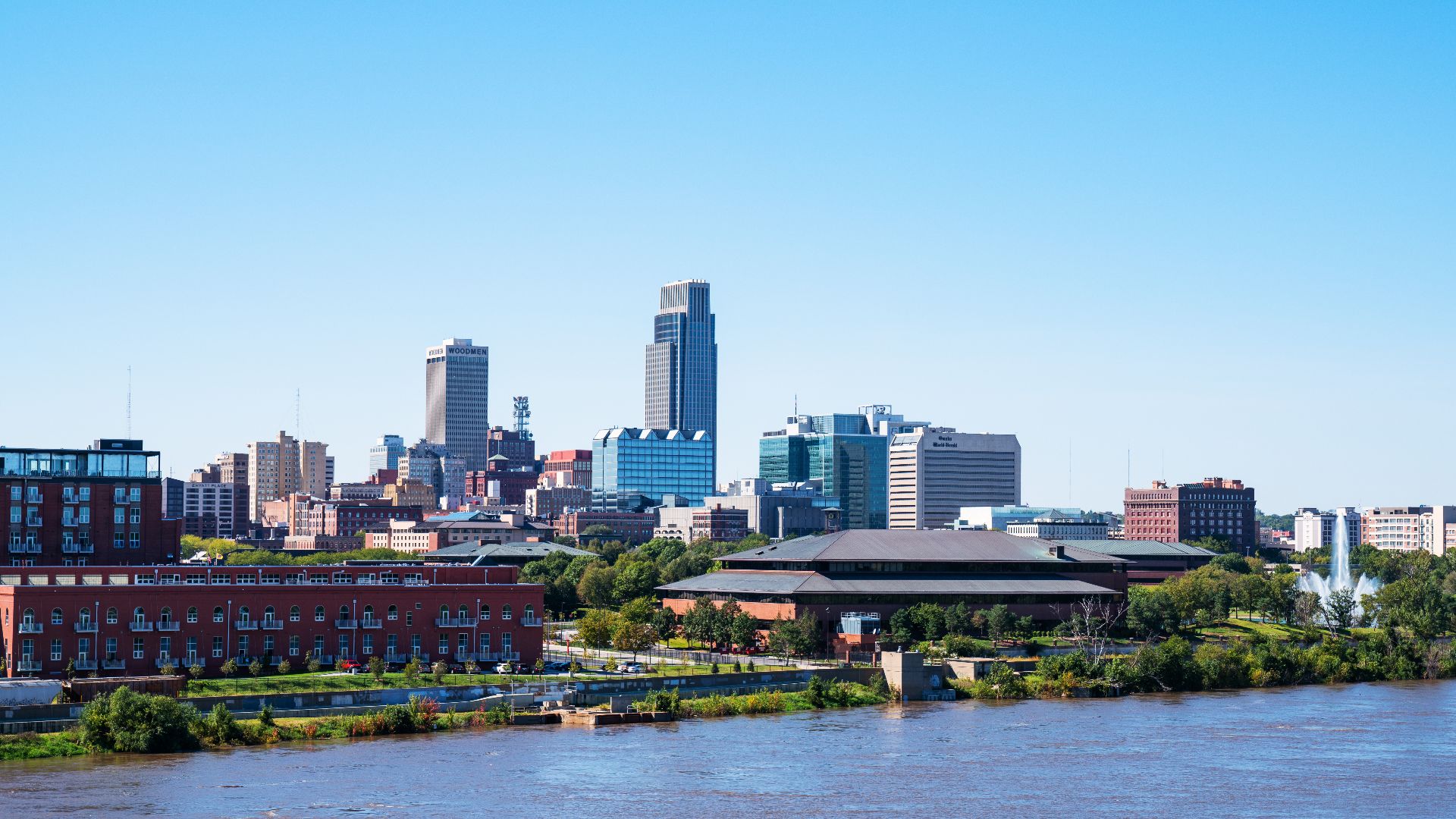 Tony Webster from Minneapolis, Minnesota, United States, Wikimedia Commons
Tony Webster from Minneapolis, Minnesota, United States, Wikimedia Commons
Nevada ($1,480,000)
Las Vegas’ reinvention as a metropolitan center illustrates Nevada's economic maturation beyond dice and slot machines. Tesla's Gigafactory outside Reno signals the Silver State's emergence as an electric vehicle manufacturing hub. Data centers capitalize on cheap electricity and a favorable tax climate.
 Don Ramey Logan, Wikimedia Commons
Don Ramey Logan, Wikimedia Commons
Ohio ($1,540,000)
Cleveland Clinic's medical innovations and Columbus's insurance industry demonstrate the Buckeye State's growth apart from steel production and rubber manufacturing. Population loss in smaller cities constrains statewide appreciation to $1.54 million, though metropolitan areas like Cincinnati and Columbus retain growth momentum.
Oklahoma ($1,520,000)
Tulsa's efforts to pull in remote workers through cash incentives demonstrate creative approaches to population growth. However, Oklahoma City's downtown revival shows urban renewal potential. Energy dependence will moderate your property's growth as oil price fluctuations directly impact local economies and housing demand.
Oregon ($1,580,000)
A semiconductor cluster is supported by Intel's sizable operations in Washington County. Even if suburban expansion is limited by urban growth borders and restricted development rules, your estate value will increase to $1.58 million by 2035. Residents find the state's "no sales tax" policy appealing.
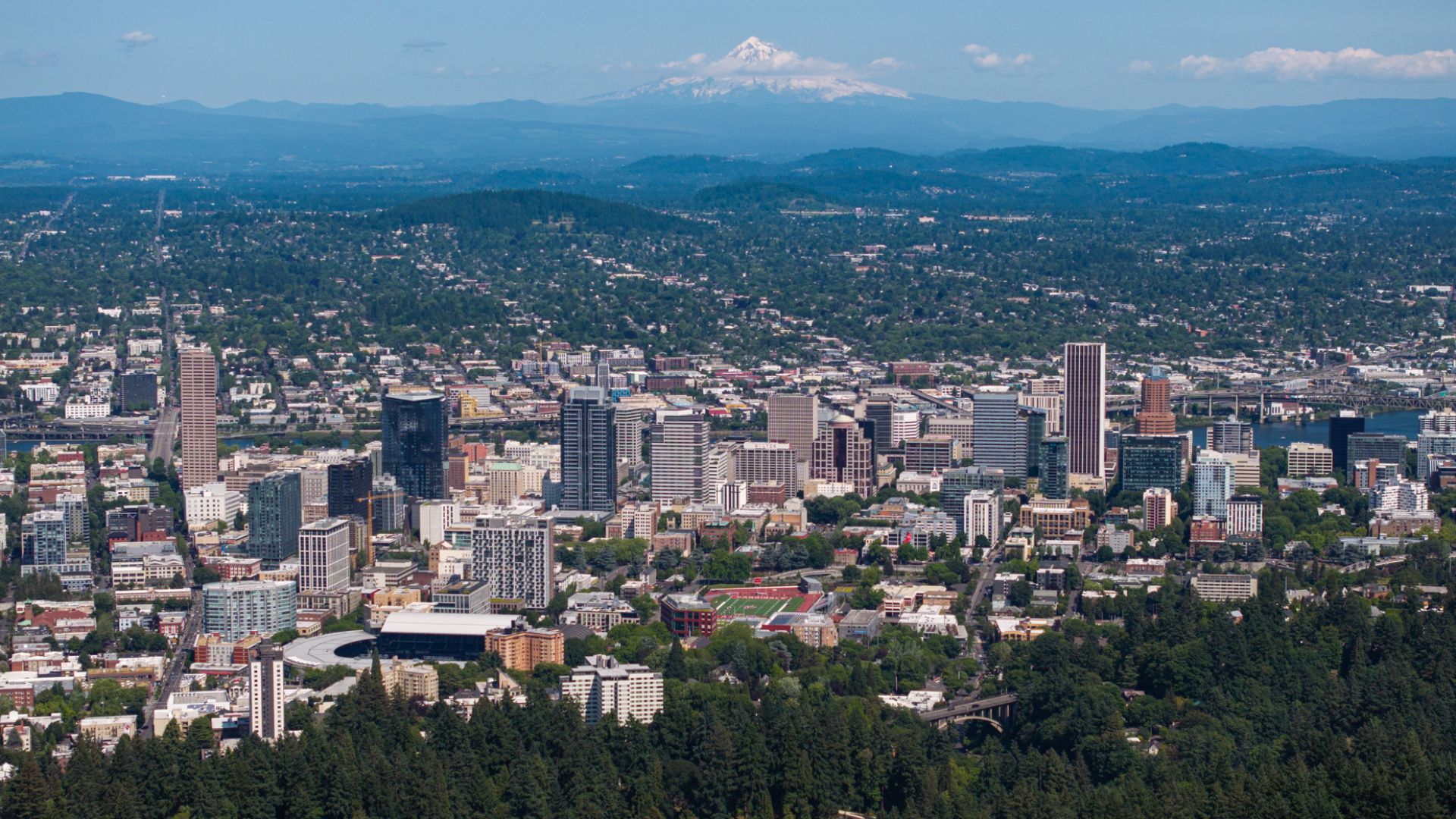 Spicypepper999, Wikimedia Commons
Spicypepper999, Wikimedia Commons
Pennsylvania ($1,560,000)
The pharmaceutical corridor in Philadelphia, which is founded by firms such as GSK and Pfizer, provides high-paying jobs. At the same time, Pittsburgh is redefining itself as a center for artificial intelligence and robotics. We observe the Keystone State's steady move towards a knowledge-based economy.
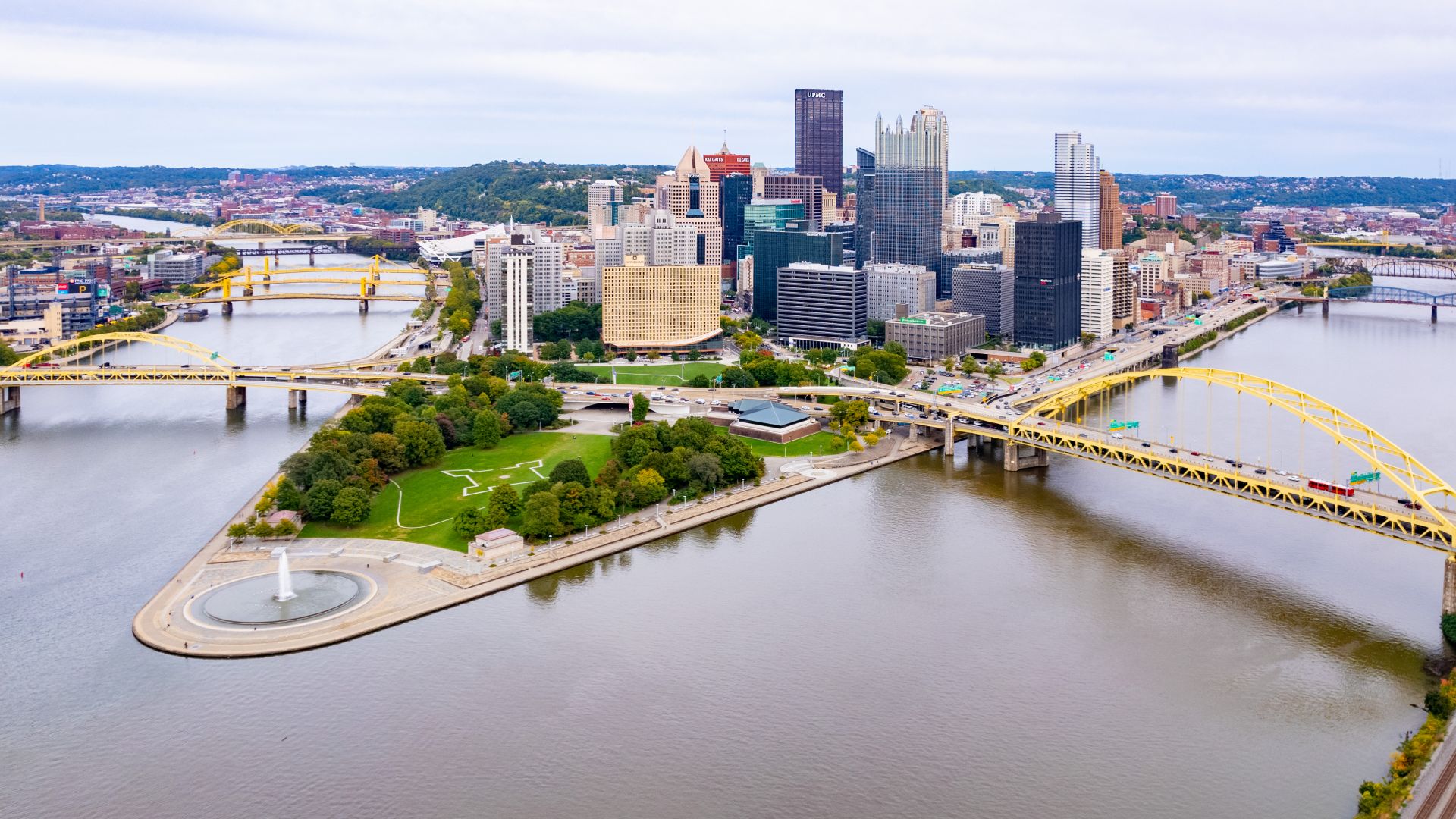 Popscreenshot, Wikimedia Commons
Popscreenshot, Wikimedia Commons
Wisconsin ($1,550,000)
Wisconsin home prices have been appreciating at a moderate, sustainable rate in 2025, with year-over-year growth ranging from 4% to 5% statewide. Recent data shows a 4.3% to 4.5% annual increase in home values, with the median home price now around $329,000.
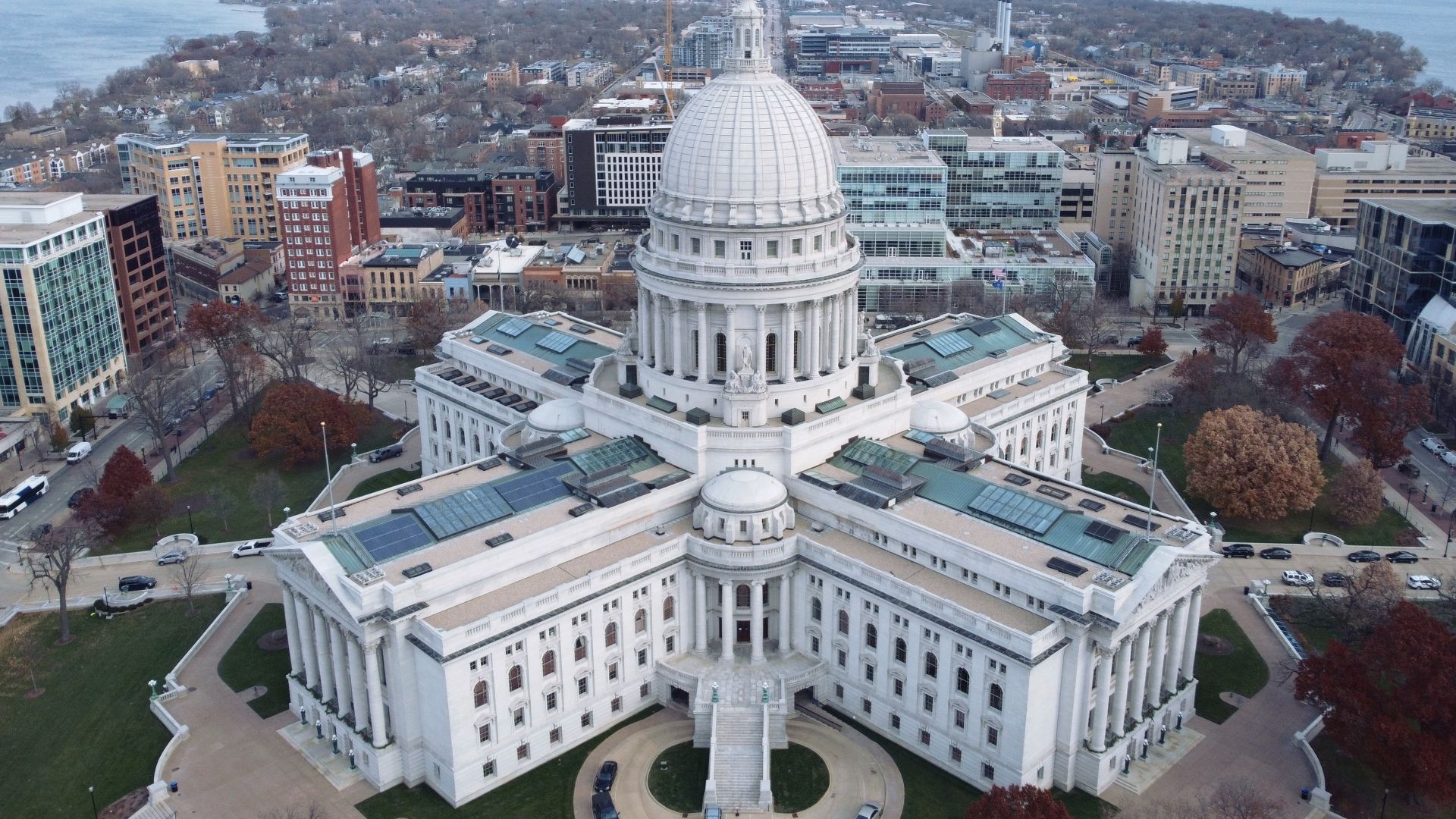 Lectrician2, Wikimedia Commons
Lectrician2, Wikimedia Commons
Mississippi ($1,200,000)
Modern economic reality centers on aerospace manufacturing and energy production that sustain the Magnolia State's rural prosperity. Your million-dollar asset could reach $1.20 million by 2035, but this growth or reduction is constrained by population loss and limited economic diversification, despite low living costs.
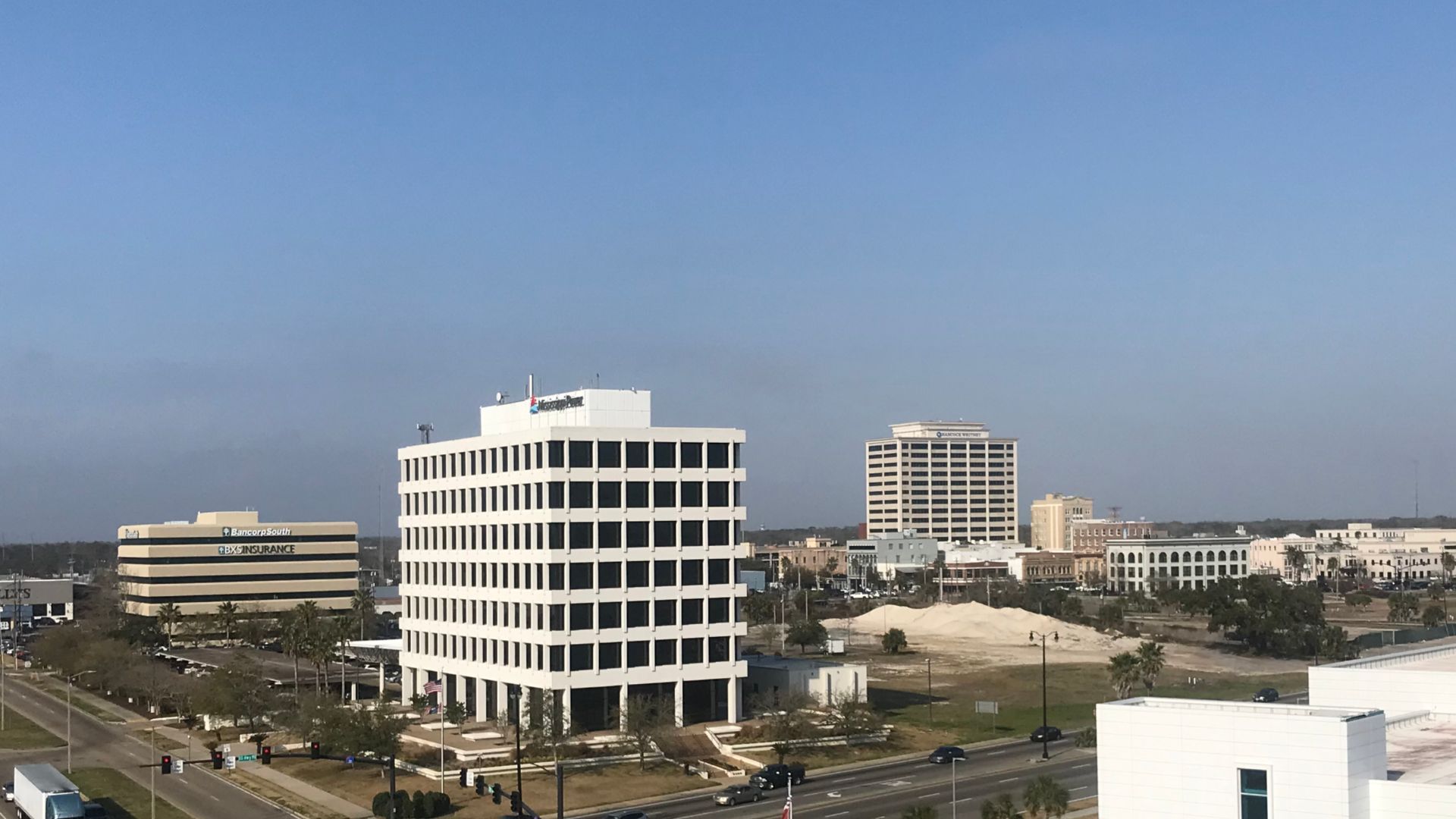 WeaponizingArchitecture, Wikimedia Commons
WeaponizingArchitecture, Wikimedia Commons
Alaska ($1,340,000)
Apparently, Permanent Fund dividends from oil revenues craft Alaska's unique economic model, where every resident receives annual checks that can exceed $2,000 depending on petroleum prices. The Last Frontier's extreme isolation means that everything costs more, whether it's construction materials or everyday groceries, creating affordability challenges.
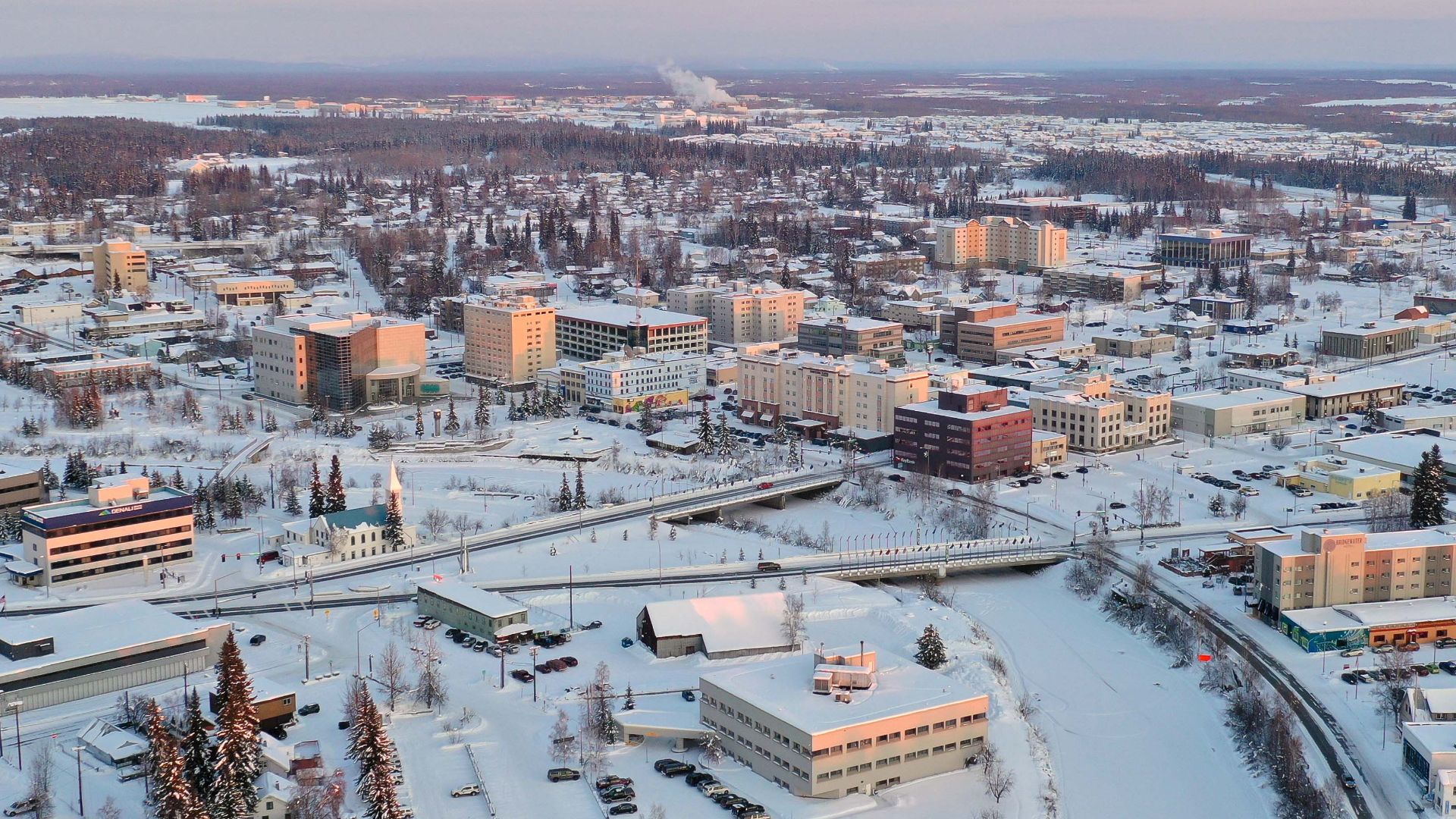 Quintin Soloviev, Wikimedia Commons
Quintin Soloviev, Wikimedia Commons
Louisiana ($1,320,000)
Mardi Gras masks economic complexity as Louisiana grapples with oil industry dependence, coastal erosion, and hurricane risks that limit long-term property growth. Conservative appreciation for $1.32 million in another 10 years mirrors climate challenges and economic headwinds, though cultural authenticity attracts individuals wanting genuine character.
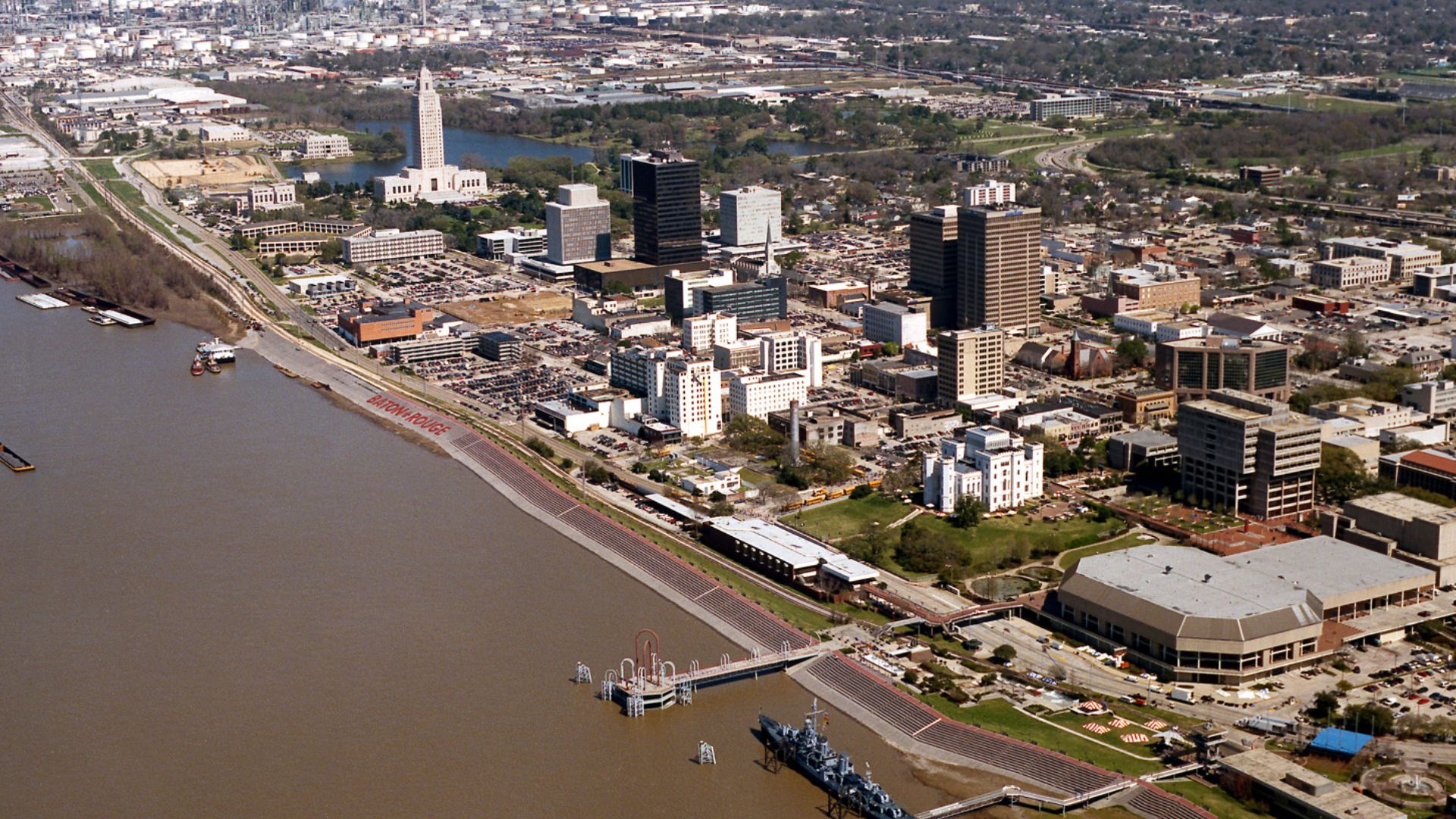 Michael Maples, U.S. Army Corps of Engineers, Wikimedia Commons
Michael Maples, U.S. Army Corps of Engineers, Wikimedia Commons
New Mexico ($1,350,000)
Virgin Galactic's spaceport operations near Las Cruces signal the area's aerospace ambitions. Additionally, abundant sunshine makes solar energy development increasingly attractive. Your property can be worth nearly $1.35 million, benefiting from federal laboratory employment and retiree migration, but constrained by limited private sector growth.
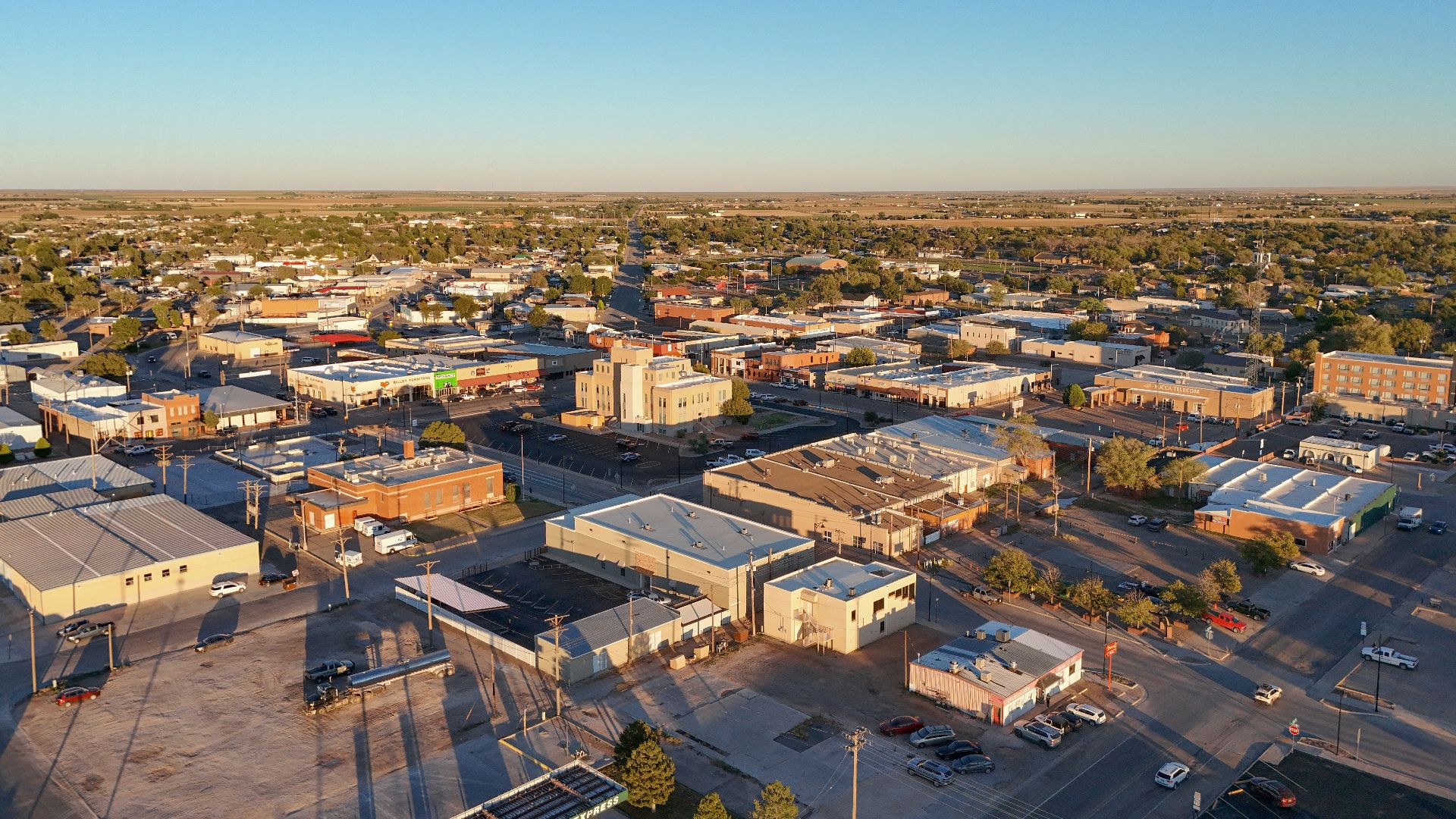 Quintin Soloviev, Wikimedia Commons
Quintin Soloviev, Wikimedia Commons
North Dakota ($1,710,340)
Bakken oil enhanced North Dakota, giving rise to millionaire farmers and high-wage roughneck employment. Besides, the Peace Garden State's energy wealth generates substantial tax revenues that fund infrastructure improvements and government services. A modest rate close to $1.71 million is expected.
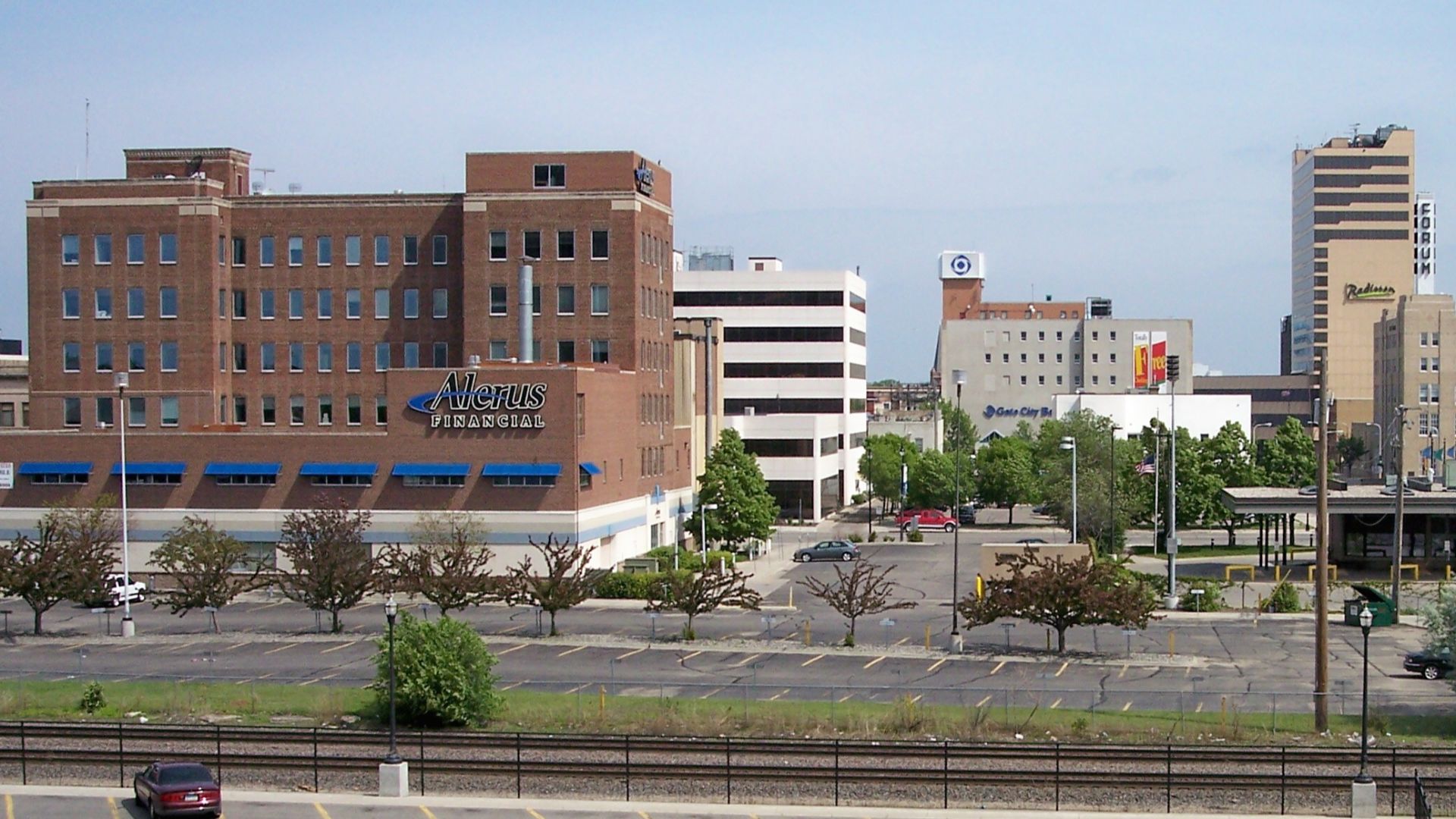 Tim Kiser (w:User:Malepheasant), Wikimedia Commons
Tim Kiser (w:User:Malepheasant), Wikimedia Commons
South Dakota ($1,370,000)
Mount Rushmore tourism provides South Dakota's international recognition, but its economy increasingly centers on financial services and agriculture rather than visitor attractions. Citibank's credit card operations in Sioux Falls employ many. South Dakota's gold mining heritage continues through Homestake's deep underground research facility.
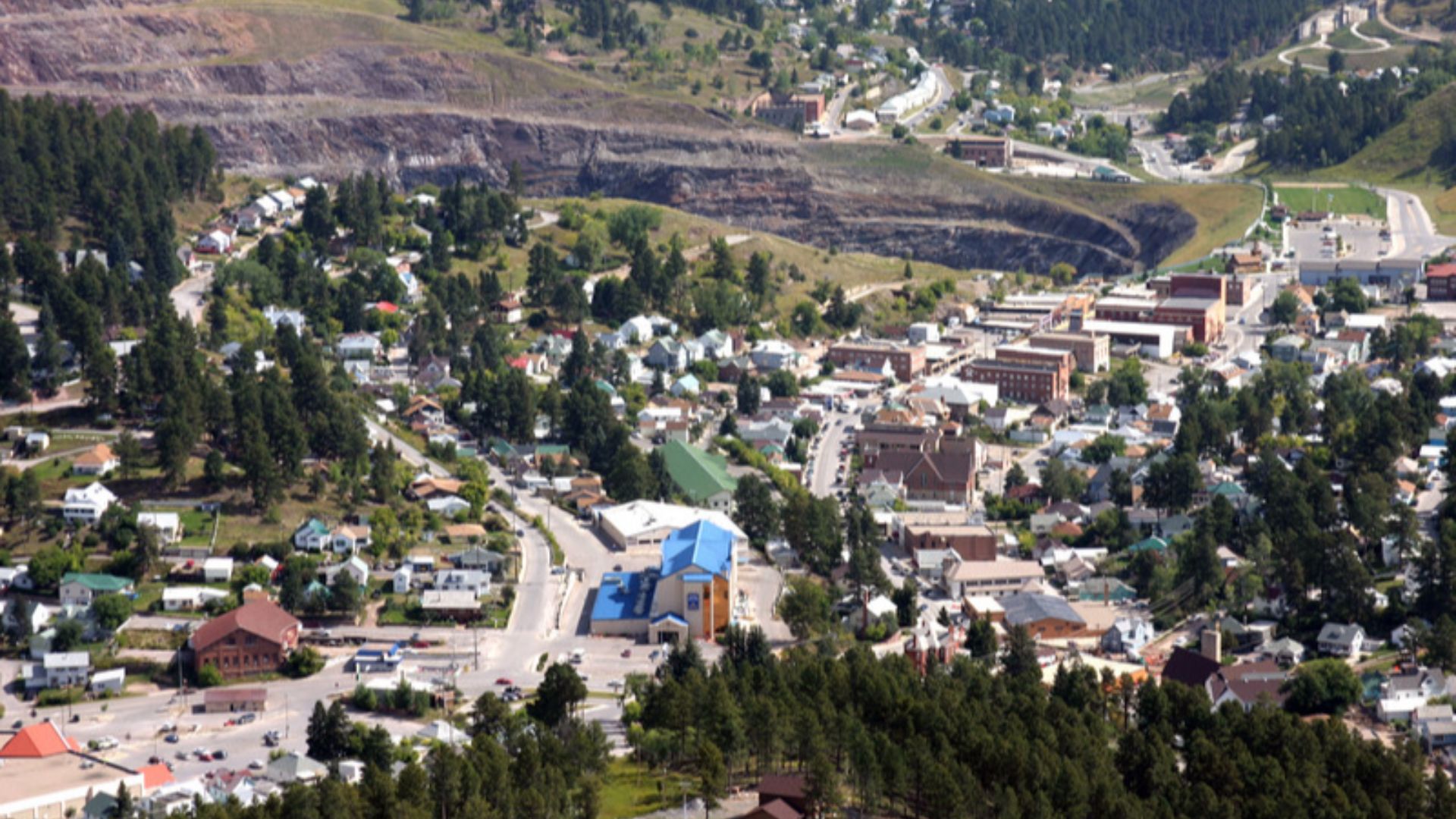 Gary Chancey, Black Hills National Forest, Wikimedia Commons
Gary Chancey, Black Hills National Forest, Wikimedia Commons
West Virginia ($1,300,000)
Apparently, this state struggles with economic transition as energy markets shift toward natural gas and renewables. Appalachian poverty challenges contrast with pockets of prosperity in Charleston and Morgantown, where government employment and university activities provide stability. A limited appreciation by 2035 is projected.
 WeaponizingArchitecture, Wikimedia Commons
WeaponizingArchitecture, Wikimedia Commons
Wyoming ($2,240,000)
Yellowstone's natural wonders overshadow Wyoming's energy dominance, where coal, oil, and natural gas extraction generate more revenue per capita than any other state. The Equality State's minimal government and zero state income tax are gems for wealthy residents seeking fiscal advantages, though energy dependence causes economic volatility.


